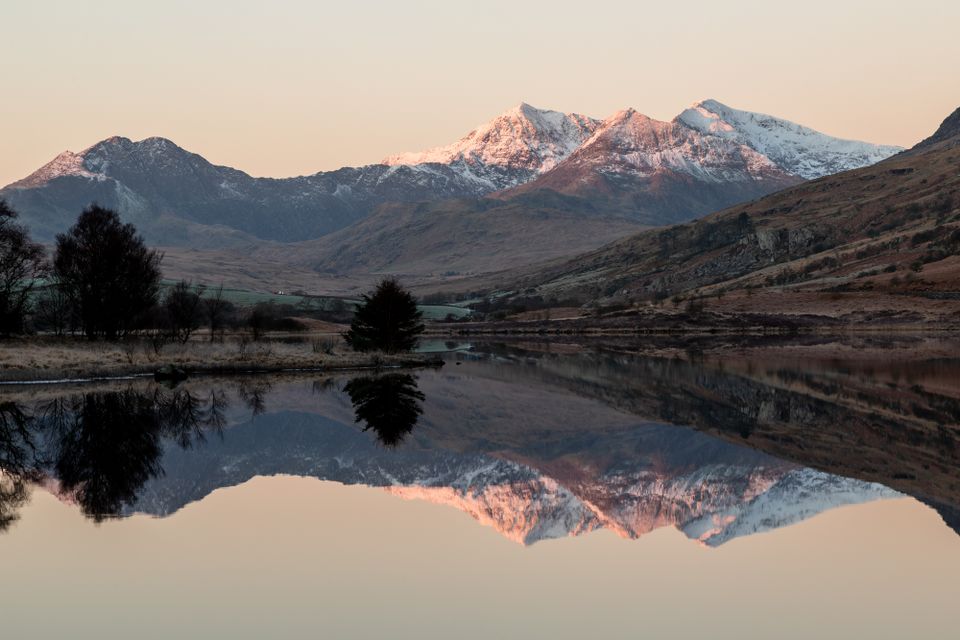
2020 & 2021 Retrospective
Rounding up the past two years of my life and taking a look at what's coming next.
How can you start a round-up of the past two years without addressing the elephant in the room? There’s no doubt that it’s been a weird time for all of us, with the entire world having to learn how to operate in a post-pandemic environment.
I won’t dwell on the negatives (we’re all acutely aware of those), though I will say that the pandemic has definitely helped me reframe what’s important in life. Who knew that all it would take was being locked inside your own home for most of 2020?
It’s ironic really as I use to do that for free even before the pandemic. Life can be funny sometimes.
So with that out of the way, let’s take a look at some of the other things that happened in my life over the past two years.
Leaving Wood Mackenzie
After nearly 2 years working at Woodmac I made the decision to leave my role as a Senior Principal Engineer and explore something new. I had a blast working there helping them take Web spatial visualisations to the next level, and I still miss the people that I left behind.
One of my fondest memories at Woodmac was having the opportunity to work within the renewable energy space. It didn’t take me long to realise that this was something that I wanted to do more of. Much more of. It’s hugely interesting from not only a technological standpoint, but also because you’re involved in something that’s much greater than you. Something that’s doing genuine good for the planet and society as a whole.
You just don’t get that opportunity very often, and I hope that I can get back into the renewable energy space in the future. We have unfinished business.
Spatial consultancy
After Woodmac I went back to independent consultancy, helping companies make sense of complex spatial data and how to visualise it within a Web browser.
I was fortunate to work with Unfolded as my first client (the former Uber DataViz team), helping them add support for a globe view within their Unfolded Studio product.
It was a pleasure working with them and I’m excited to see what else they release in the future.
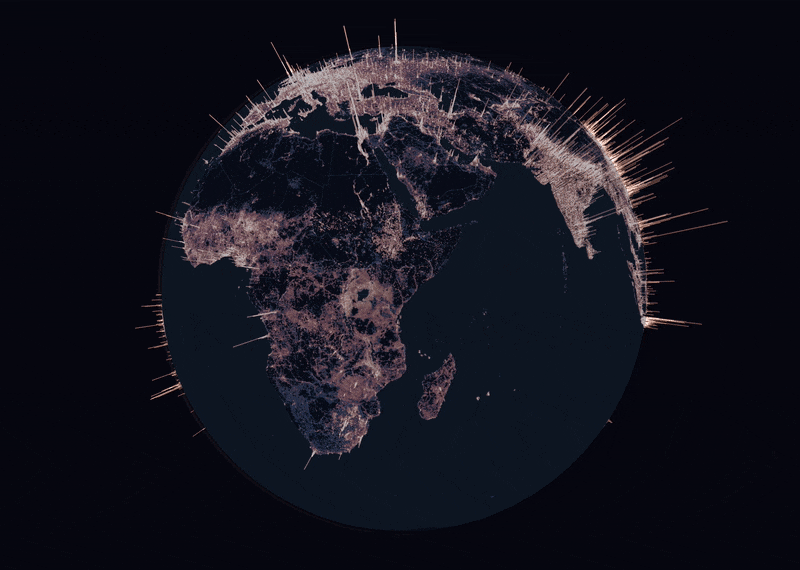
I definitely recommend playing with the public version of their LIDAR visualiser. It’s only a small snapshot of the work I did (unfortunately the rest isn’t public), though it’s still a great introduction into what they do and what I helped with.
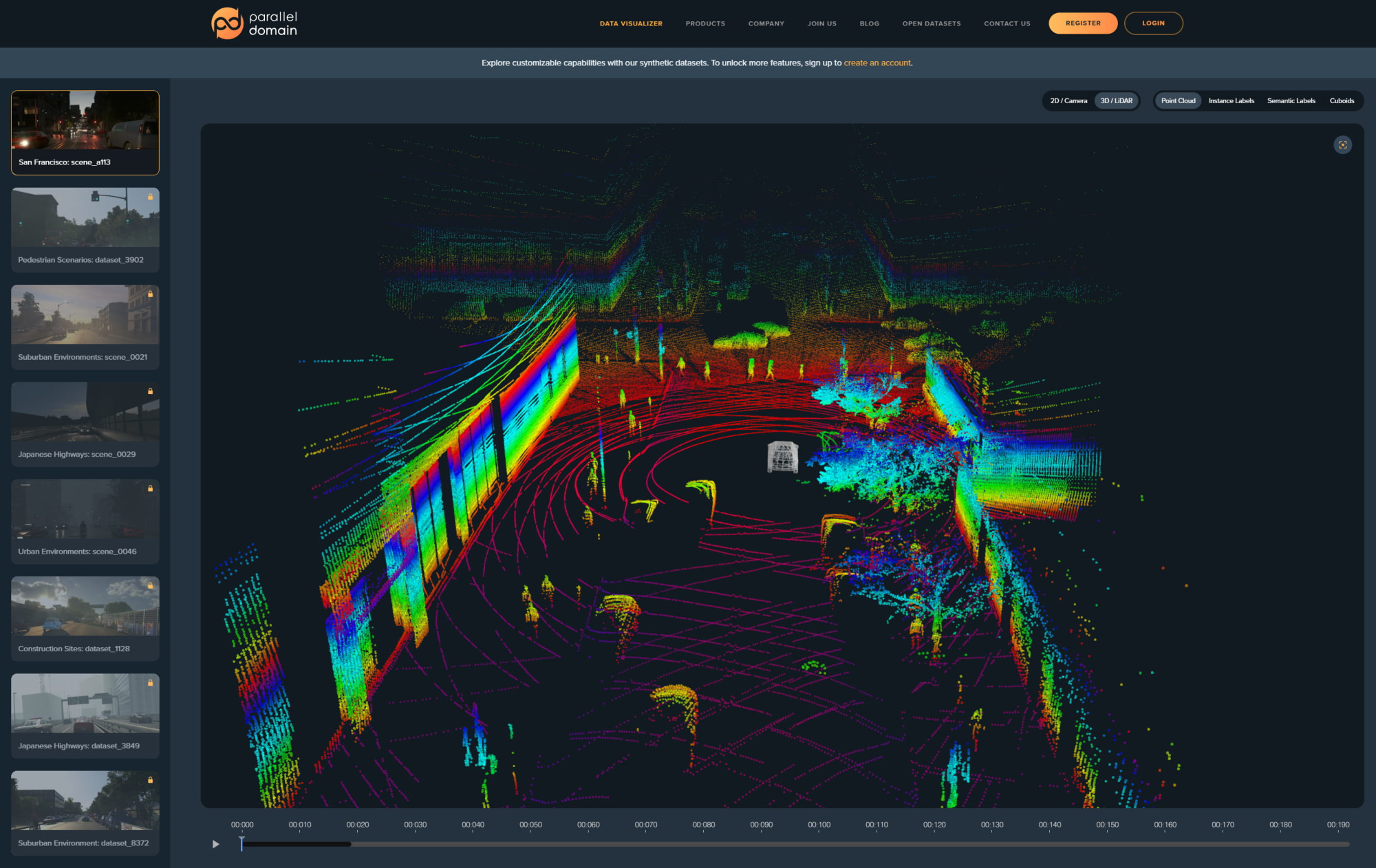
The year of obscure hobbies
Given that we were in lockdown for what felt like most of 2020, it’s natural that much of that time was spent exploring new hobbies and side projects to help keep the boredom and despair at bay.
This manifested for me as a slight obsession with cleaning my car, tinkering in the garden, and generally ticking off odd jobs that had previously been a lot less appealing when you’re not stuck at home indefinitely.
It’s amazing how your priorities change when you know that you’re stuck in a particular situation for a while and there’s nothing that you can do about it.
I feel like there is a life lesson there somewhere.
Upgrading the home office
One realisation that I had during lockdown was that I’d neglected my home office and my comfort within it. This is ridiculous when you consider that I’ve worked from home for most of my career and must spend an unhealthy amount of time in whichever room my computer is set up in.
The first upgrade was to get rid of the old flimsy IKEA desk and invest in a fancy motorised standing desk. I spent far too long researching all the options and most of the popular brands had quite negative reviews for stability when extended.
I ultimately settled on the Gostand Series 2 Pro desk as it had decent reviews, seemed stable at height and was dispatched from the UK so I wouldn’t have to wait too long.
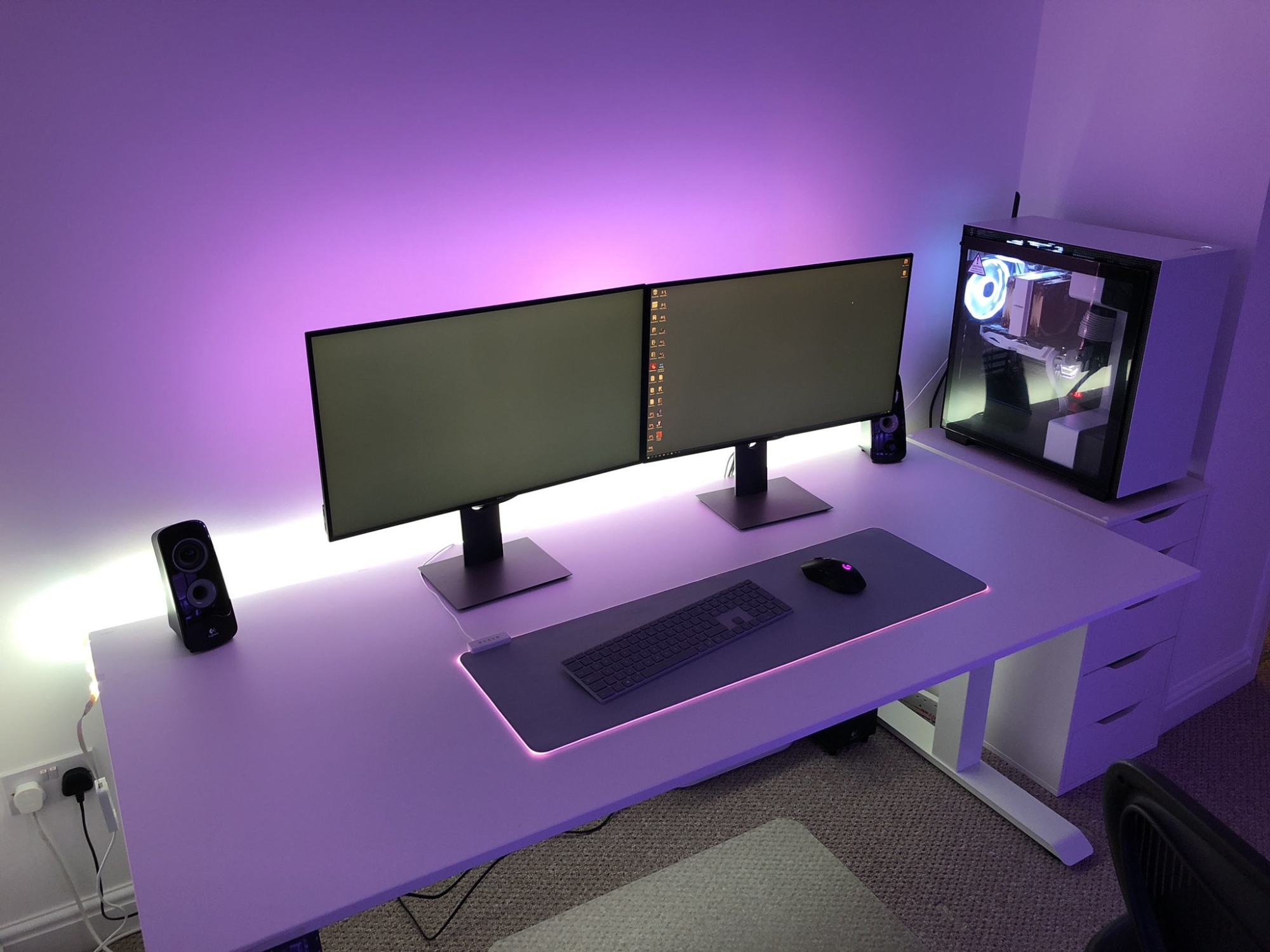
I also upgraded the tower for my custom-built desktop PC. I went for the NZXT H710 as it had a good blend of interior space, design, and also fit nicely with the standing desk.
Later in the year I further upgraded the office by getting some better storage and custom-wiring my own controllable LED lights wherever I could fit them.
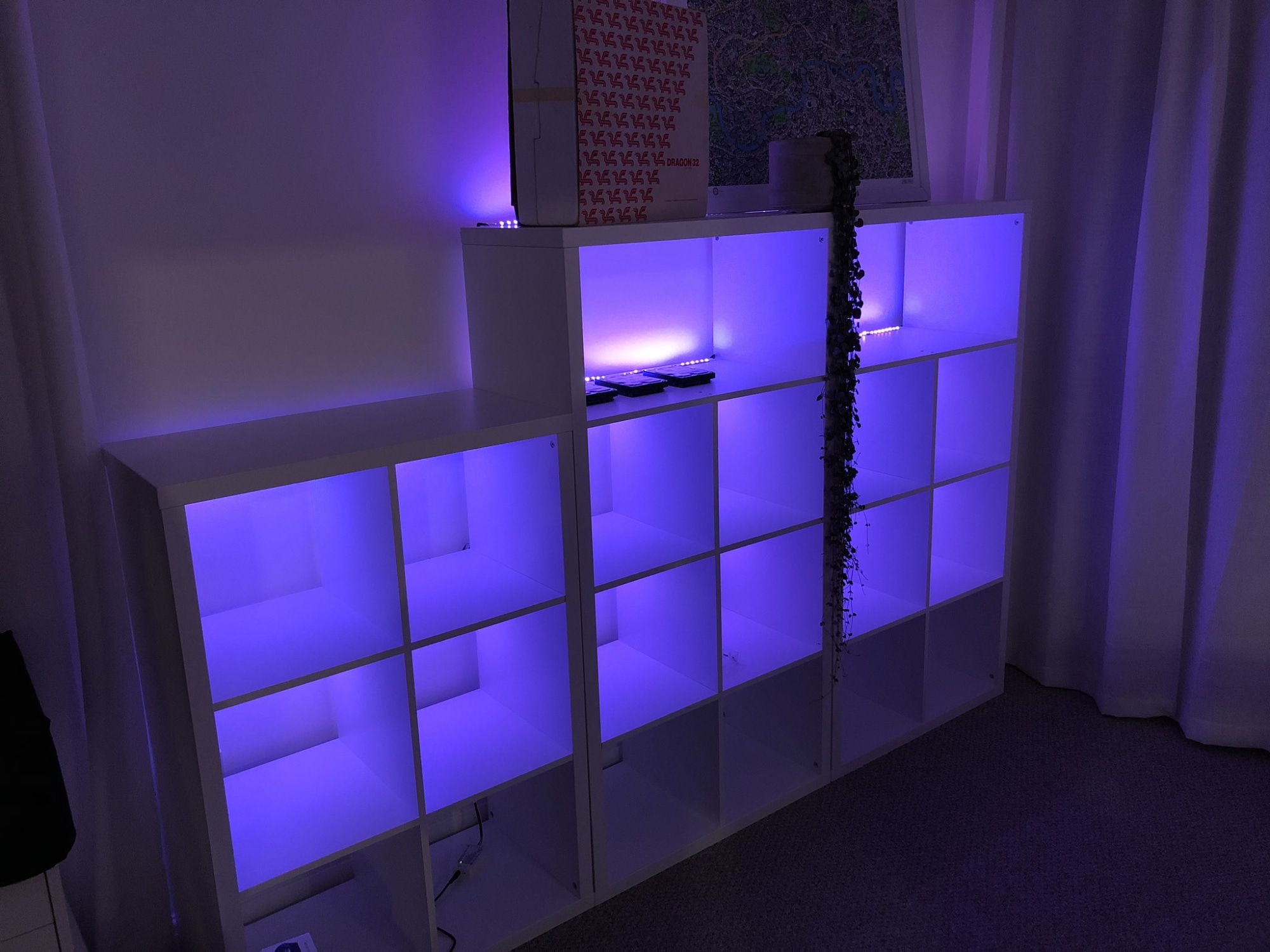
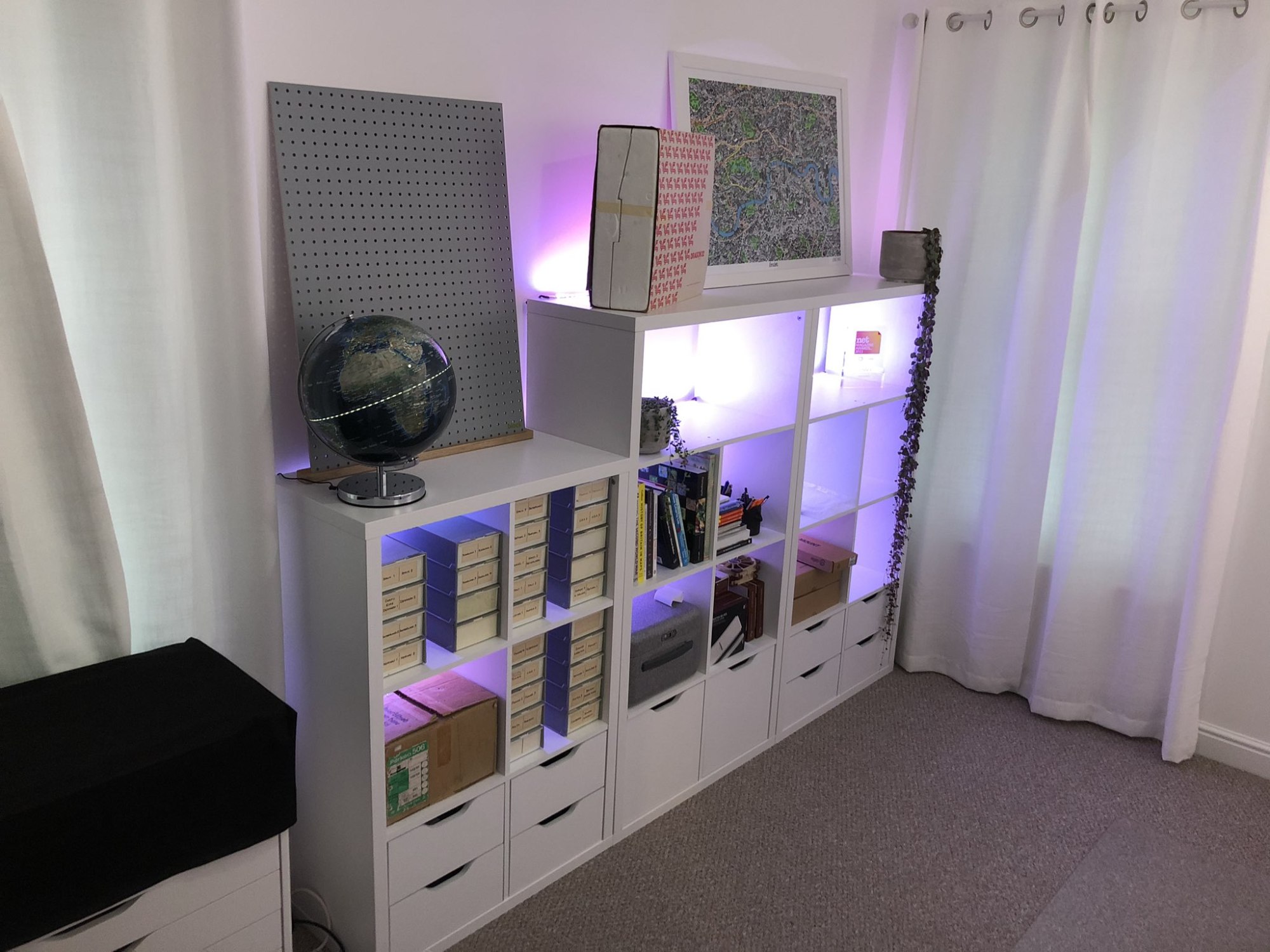
I then spent some time tinkering with various layouts for the desk in an attempt to find a layout for the monitors that I was happy with.
I settled for 3 monitors spread symmetrically across the desk in the end, with the two outside monitors oriented vertically. This was surprisingly useful and productive, though it did make it difficult to watch videos or edit photos on the outer displays.
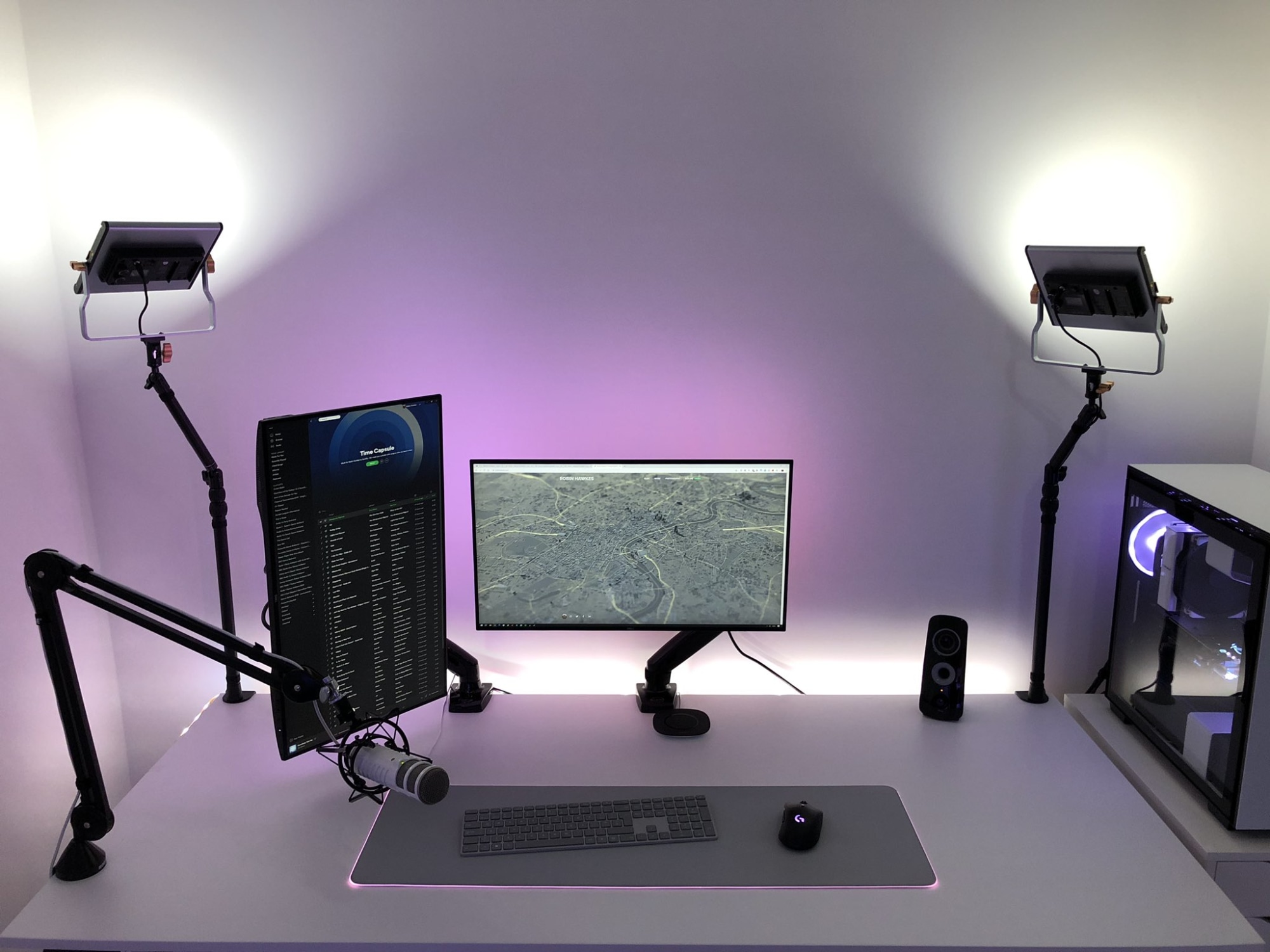
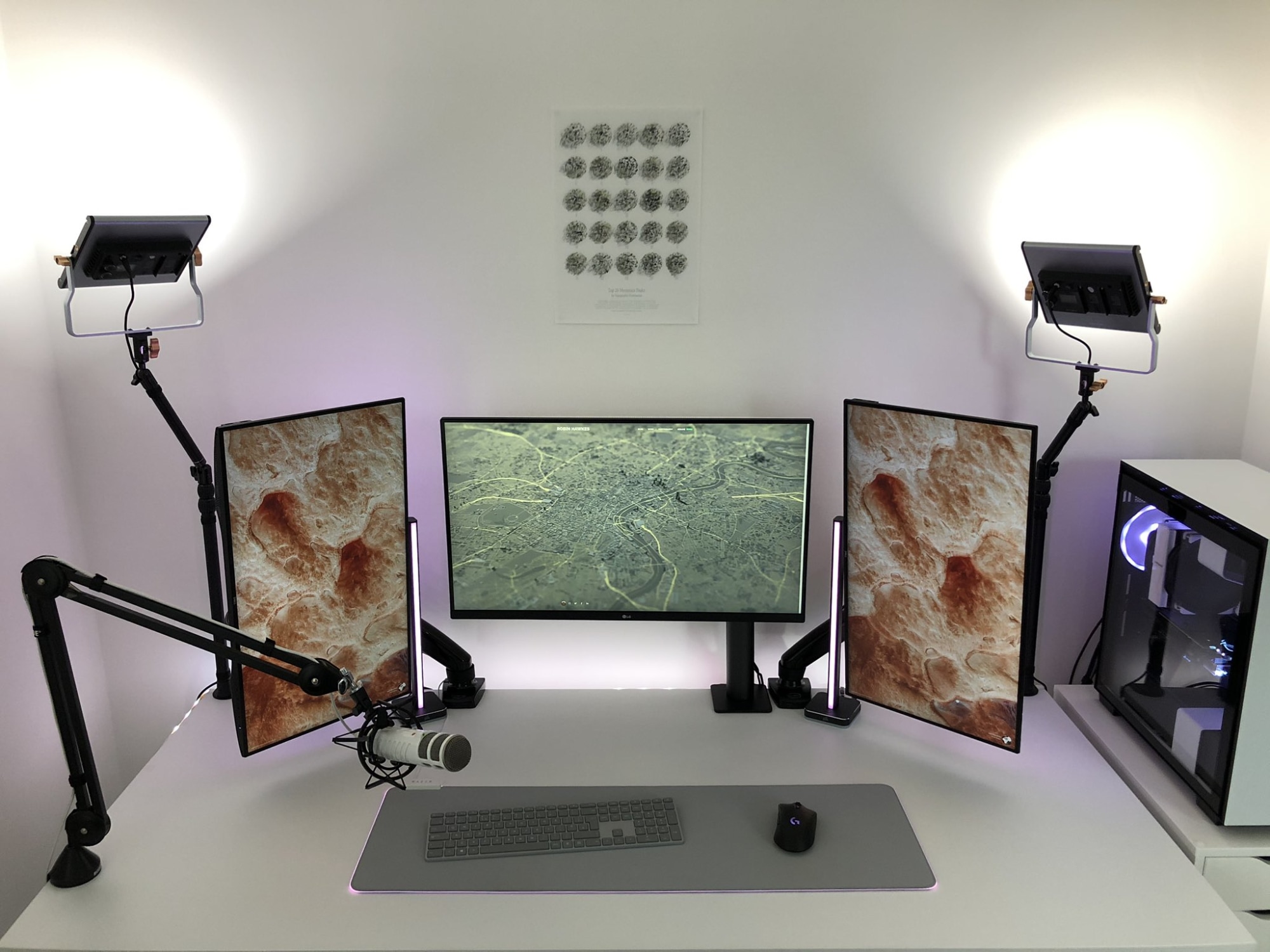
In 2021 I switched to the permutation that I am still using, with a 32” 4K monitor in the middle and both 29” monitors stacked horizontally on the left side. This has worked great for many months now and I have no plans to change things again.

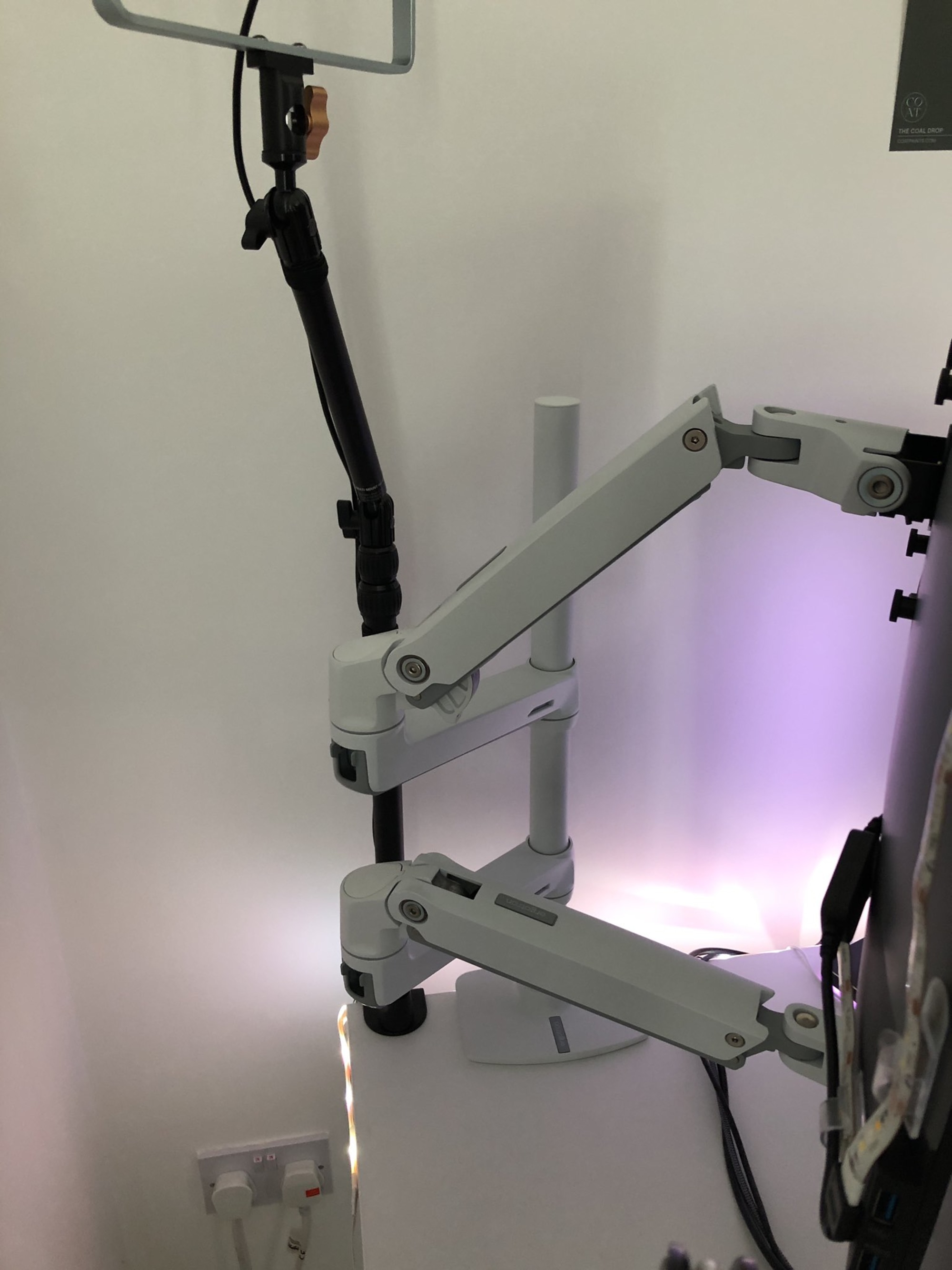
I do plan to make further changes to the office, including rewiring the desk, better storage, hanging photos and an entire redecoration of the room. Though let’s just say that I’ve lost momentum on that project for now so perhaps it’s something I’ll tackle again in 2022.
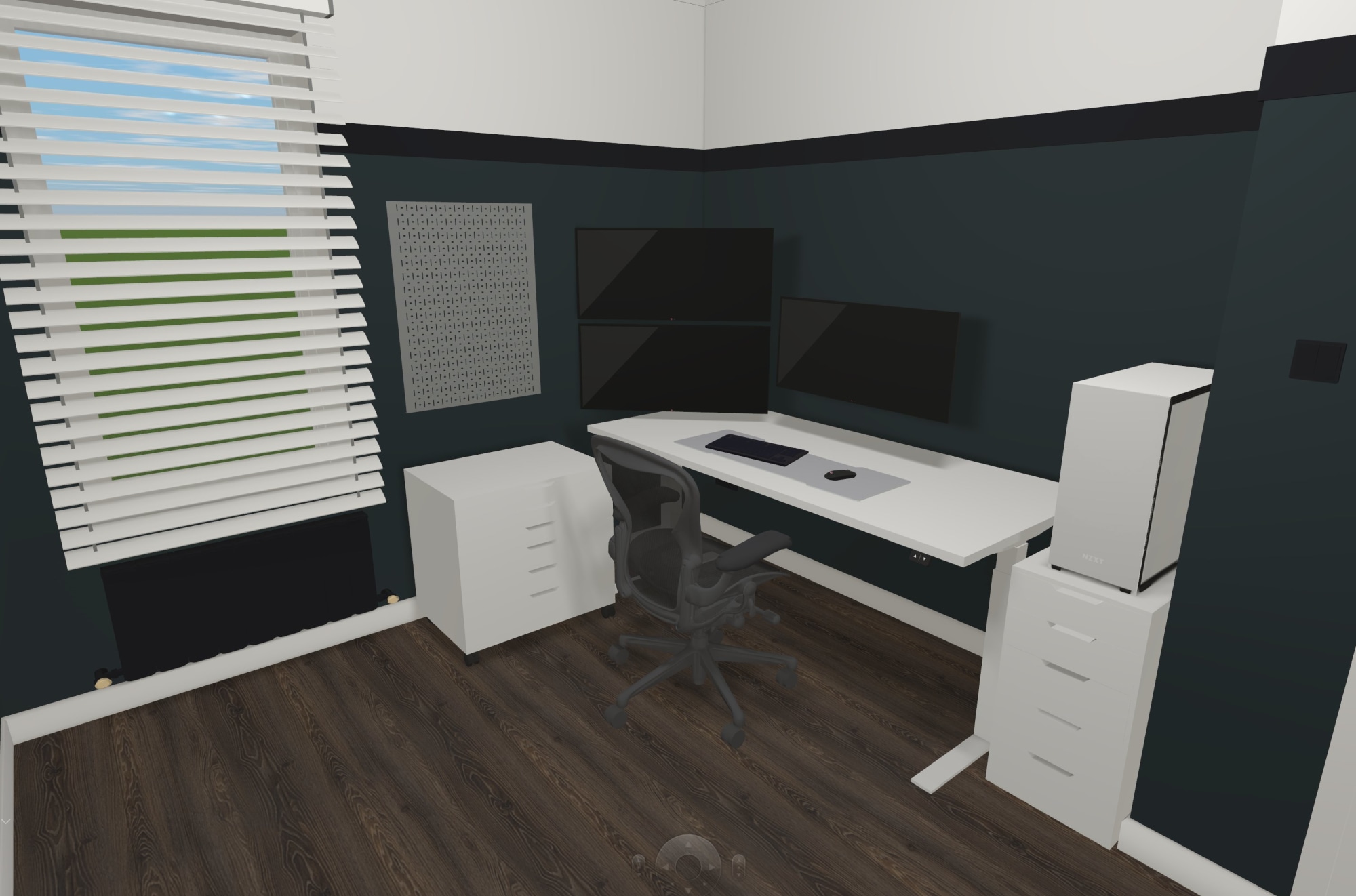
Buying my first house
Something I didn’t expect to be saying this time last year was that I’d be a homeowner. In fact, I still don’t quite believe it and yet it’s been the reality for 6 months now.

I’ve always been afraid of owning a house. Partly because of the amount of effort involved (it sucked, I won’t lie) but also because I’ve never been comfortable with the concept of putting down semi-permanent roots in a specific location.
Renting gives you immense flexibility in combination with working from home. I’ve always enjoyed the freedom knowing that I could move anywhere in the country (or world!) if I wanted to without having to sell a house and deal with all the faff that comes with that.
The thing is, I moved to the north of the UK in 2016 and I’ve had zero desire to move anywhere else ever since. There’s more space here. The cost of living is cheaper. The air is cleaner. And you have absolutely stunning nature quite literally on your doorstep.
Why would I choose to move away?

So in a way it was inevitable that I would end up putting down roots here as in reality I already had, I just hadn’t realised it. So when we had the opportunity to buy the house we were renting I didn’t hesitate to take it, no matter how much stress I was letting myself into.
And yes it did turn out to be a very stressful process, but it was worth it.
Learning that your granddad built the R2-D2
Ok that’s a small lie, I did already know that my granddad (Jack Swinbank) had at least some involvement in the construction of the original R2-D2 from the first Star Wars film.
I just didn’t know how much.

As far as I was aware he perhaps gave some advice (he was a sheet metal worker) and that was it.
Little did I know that in 2021 I would stumble upon a photo of my granddad from 1976, proudly standing in front of a partially constructed aluminium R2-D2. A partially constructed aluminium R2-D2 unit that he helped construct.

I found the photo on an R2-D2 builders forum after a very lucky Google session. And after some digging I learnt that the original source of the photo is a book called Star Wars: Costumes of the Original Trilogy, and can only be found in a special digital edition. It exists nowhere else that I can find, aside from perhaps the Lucasarts archive.
I’ve since found out that my granddad was a particularly talented and respected sheet metal worker, who was in the right place at the right time when the company he worked at was hired to construct 6 & 1/2 complex aluminium R2-D2 units for an obscure sci-fi film.
No one could have known that they were working on something that would become a household name in the years to come. Something that persists even to this day, some 45 years later.
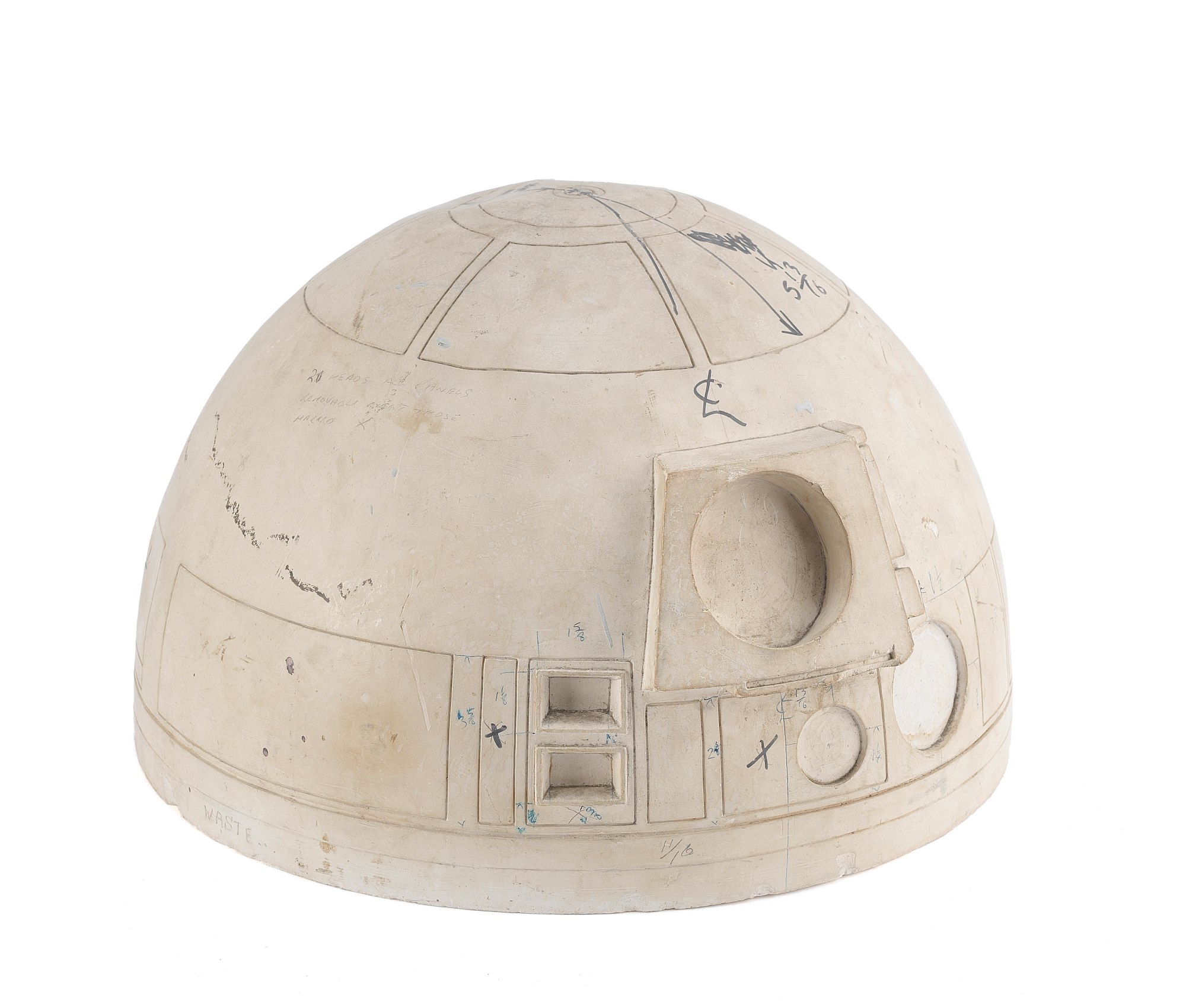
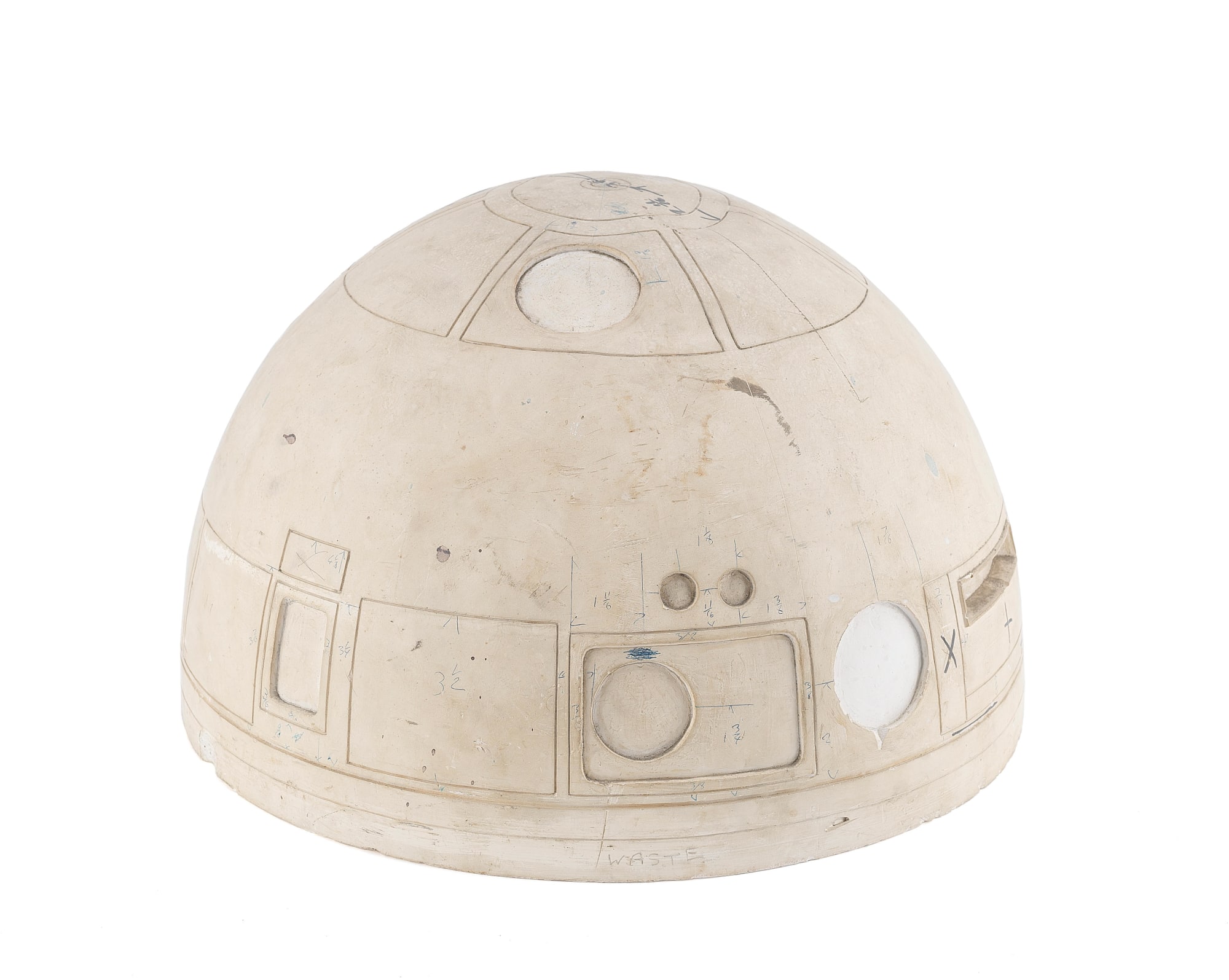
I plan to write a much more detailed overview of my granddad’s involvement, though it’s safe to say that his experience was integral to the process and that it’s likely the R2-D2 project wouldn’t have been possible without him. Imagine that?
The saddest part of the whole story is that I never got to meet him as he died while I was still a baby. I try not to get too sad about it but if there’s one thing I wish in my life it’s that I got a chance to know my granddad. It sounds like we were very similar (he was programming back in 1982!) and I’d love to have learnt from him.
Making flowcharts for everyday decisions
The stress of buying a house taught me a lot about how paralysed I can feel at times when it comes to making decisions, or how carried away I can get with catastrophising potential futures that may (and will likely never) come to pass.
Part of what helped tame this for me was to start a daily journal to help get thoughts out of my head and into a coherent format. Simply getting things out of my head proved immensely helpful for making them less overwhelming, even if nothing really changed about the situation at hand.
The other thing I did was to start putting together flowcharts that I could run through when I felt overwhelmed or simply unable to think clearly.
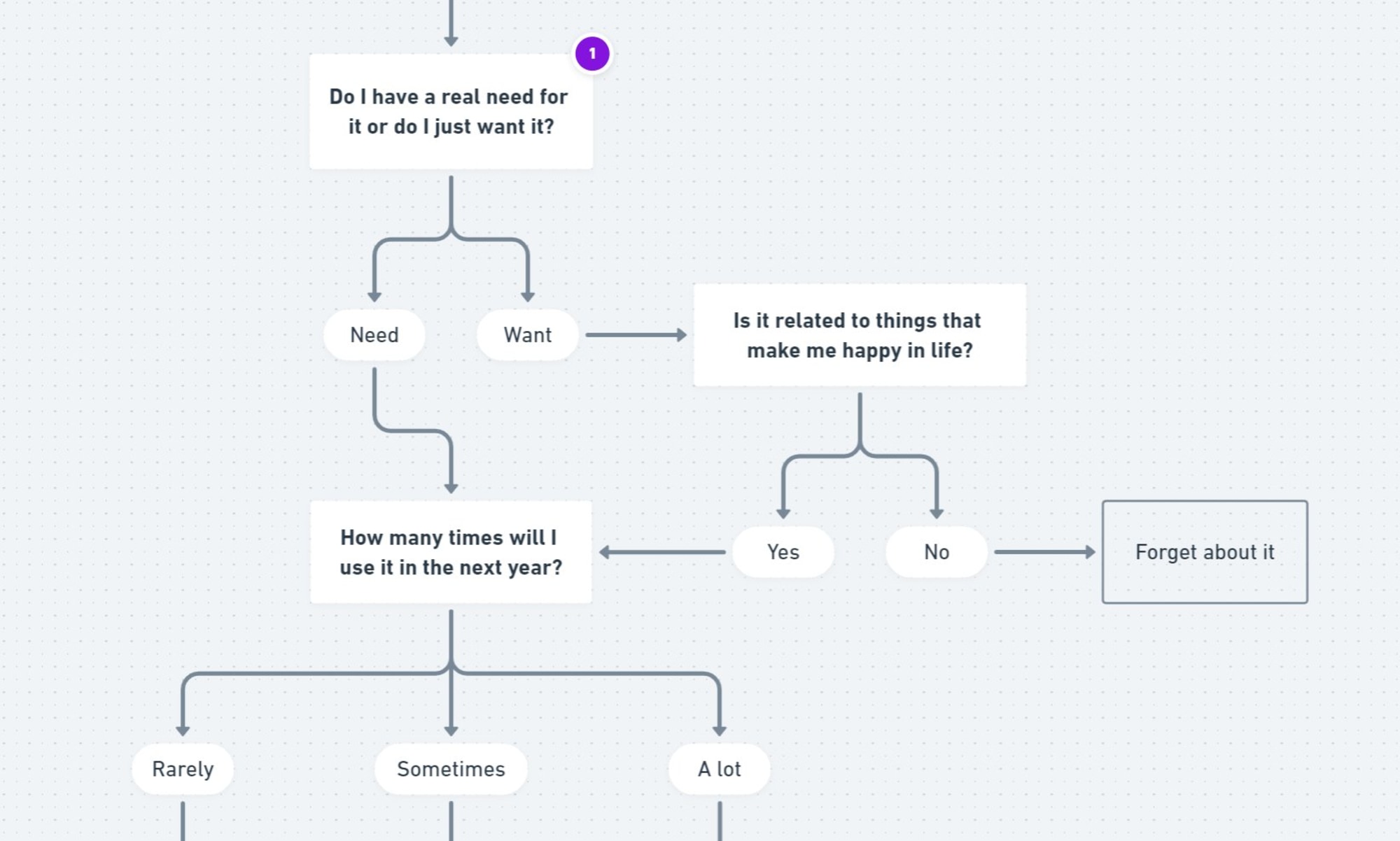
It’s not perfect, though it’s already proven itself in multiple situations. In fact, I don’t even need the flowcharts anymore as I’ve started running through them in my head as second nature.
If it works, it’s right.
Spatial data visualisation
It’s been a haphazard couple of years for me in terms of spatial data visualisation, especially outside of my day job. I’ve released a lot less work than I would have liked to, though I’ve also worked on some stuff that I’m incredibly proud of.
Thunderbolts and lightning, very very enlightening
In August 2020 I had the pleasure of working with Craig Taylor on a shared project to visualise lightning strike data from 2019.
Craig knocked it out of the park with a glorious globe animation (see the post) and I took a different approach using WebGL and a combination of lightning strike data combined with air traffic trails.
I had so much fun working on this project, partly because I got to work alongside Craig, and partly because the data is absolutely fascinating. I was amazed that you’re able to see the air traffic actively avoiding the locations with lightning strikes as the storms pass overhead.
World Box
One small exeriment I tinkered with in 2020 was something I referred to as the World Box — a small cutout of a real location anywhere in the world.
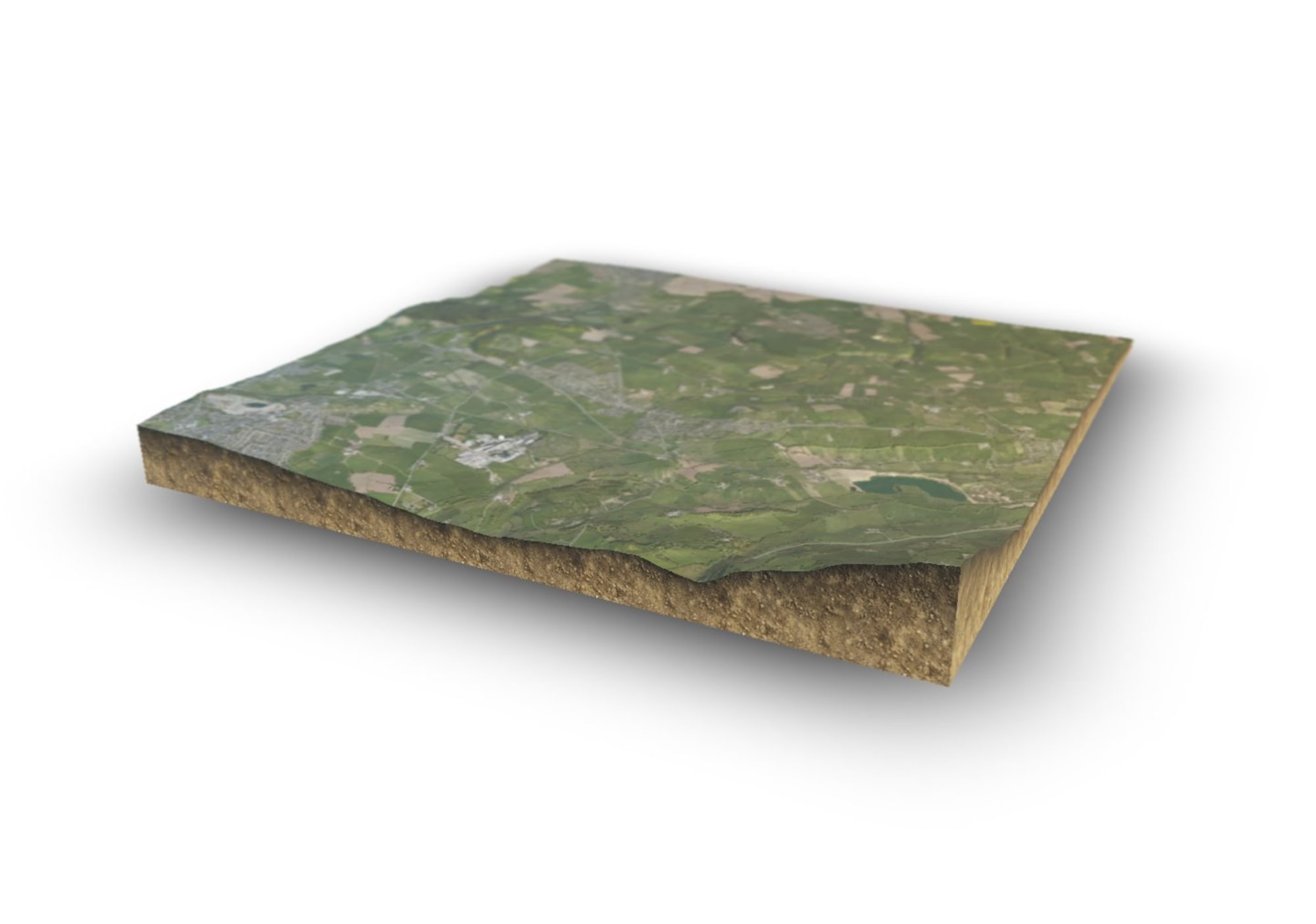
As always, this was achieved using a combination of WebGL and various sources of spatial data for the satellite imagery and terrain elevation. This was all pulled together using a custom implementation that was very rough around the edges.
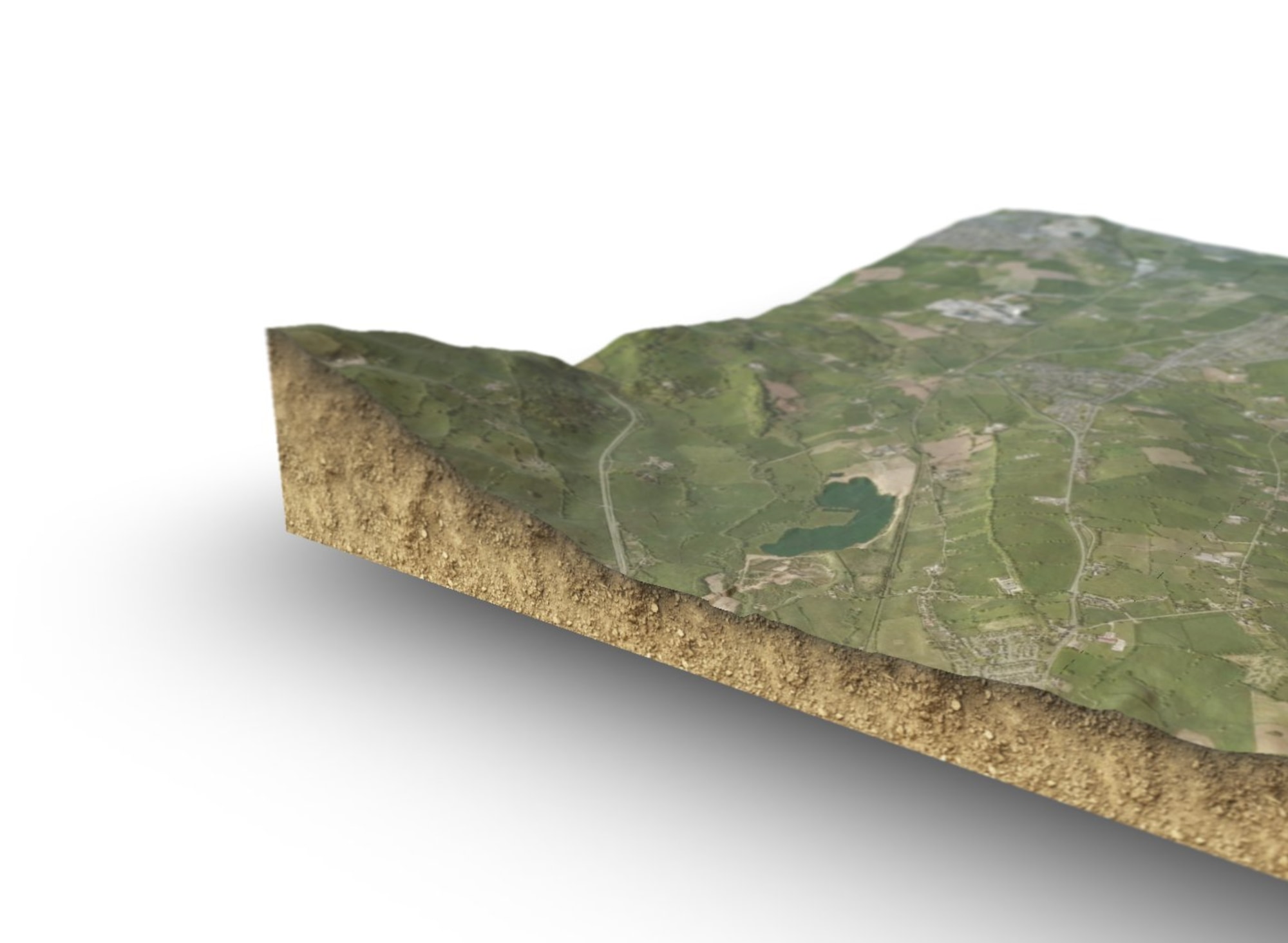
It was fun to try out various options to get the satellite imagery to look vaguely realistic, and to get all the textures to appear less flat and boring, both on the terrain and on the soil sides.
In one version I even visualised a miniature fireworks display going off over the terrain, which actually looked alright!
iTowns air traffic
Something I’d been meaning to try out for a while is the iTowns spatial visualisation library — sort of like Cesium but using three.js under the hood.
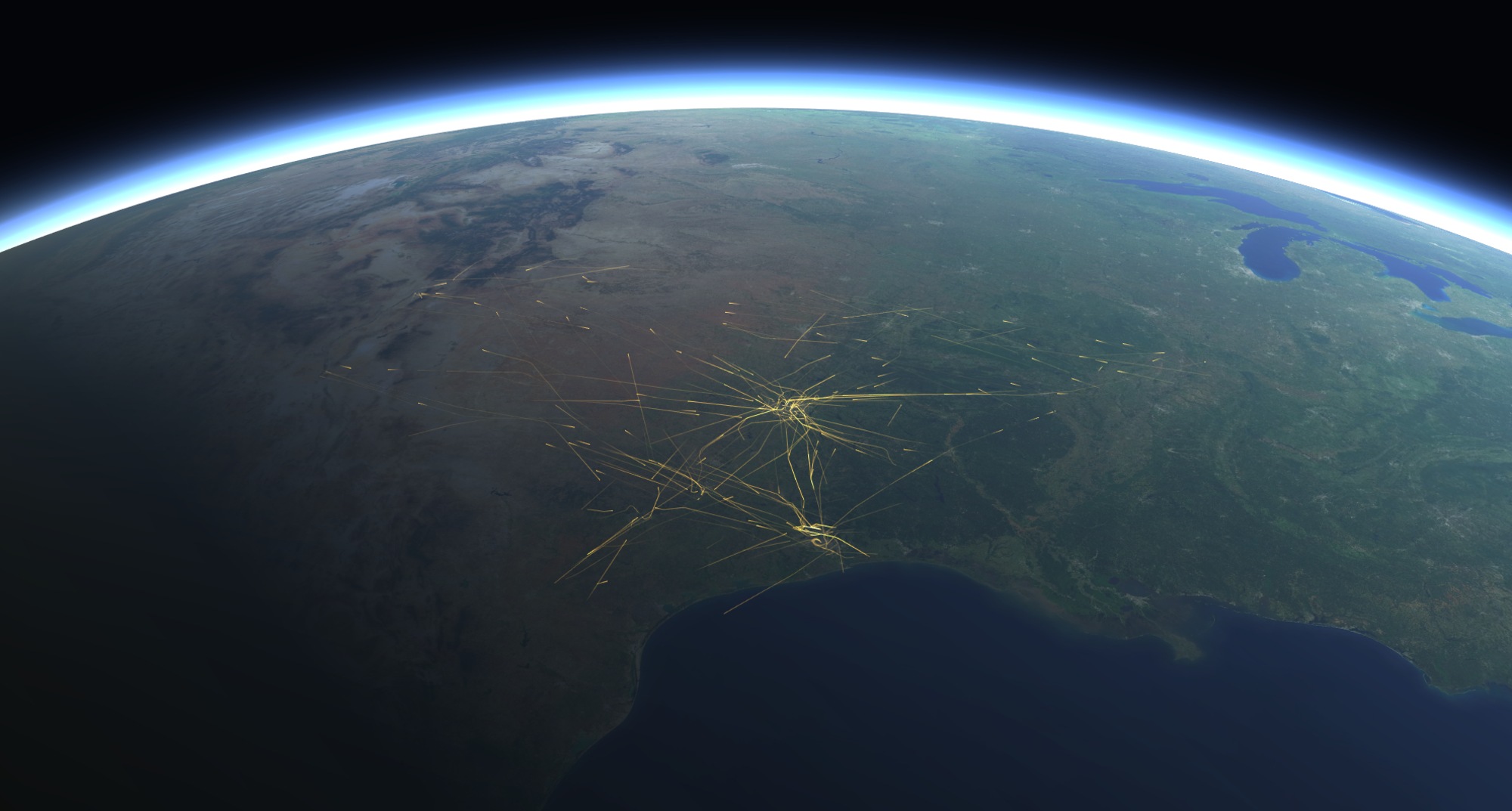
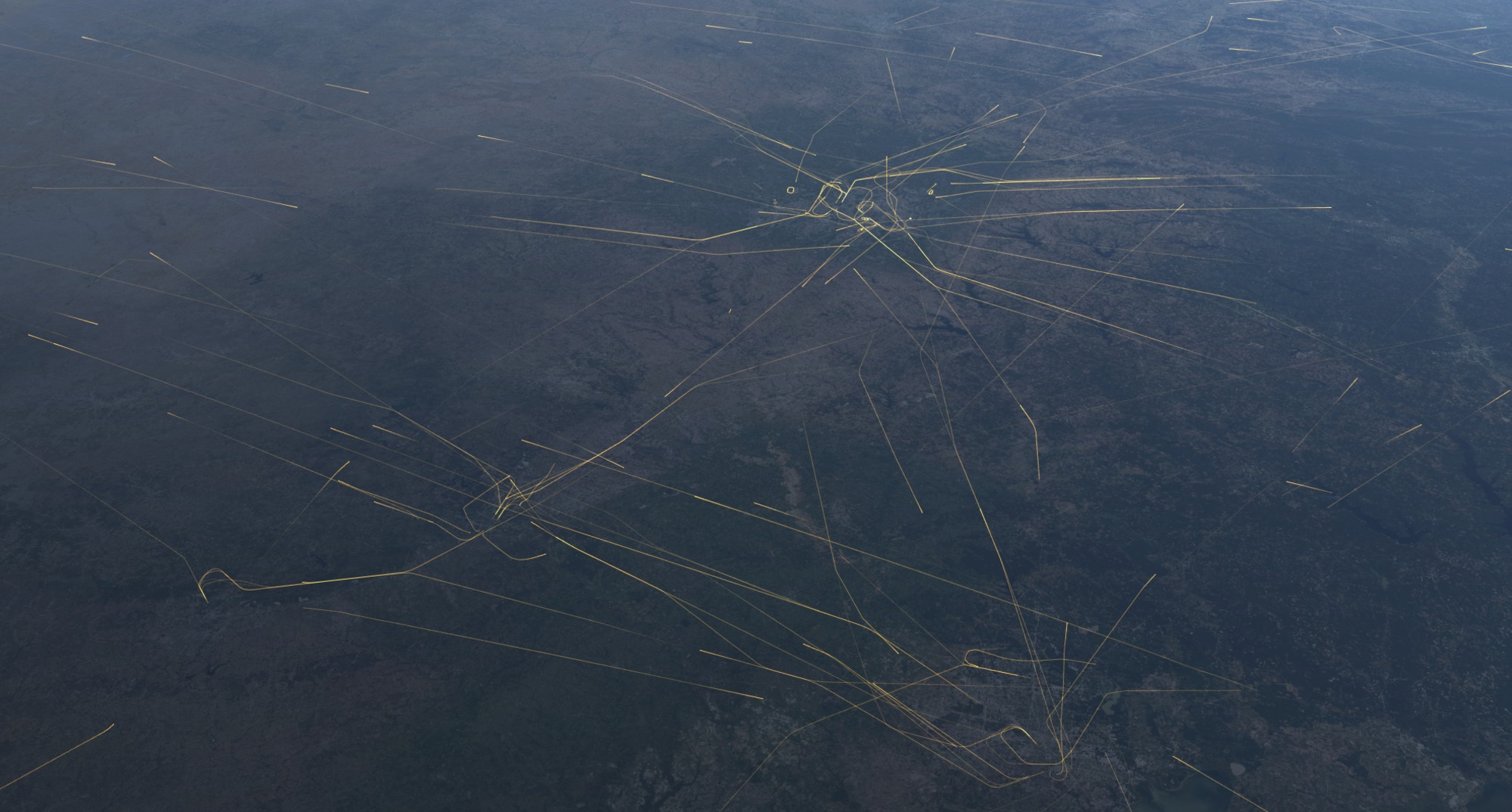
It’s an effect that I’ve been chasing for a long time, so I’m very pleased.
Animated weather globe
One tool that I have been using more and more over the past couple of years is the react-three-fiber library, a three.js wrapper for React. It’s a fantastic way to create and manage complex WebGL scenes using React, while still maintaining incredible performance.
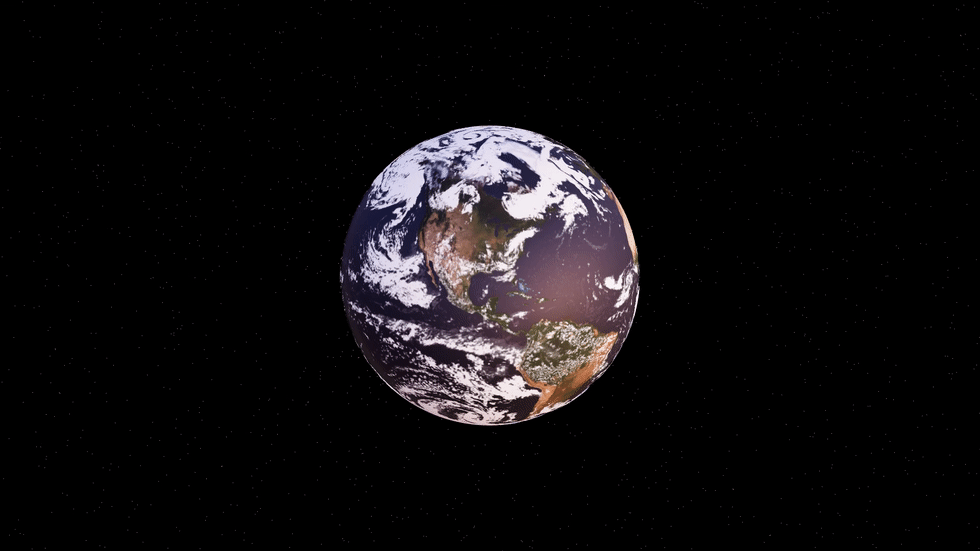
The result was a fun little visualisation that takes the weather layers, stitches them together and then animates them on a globe with semi-realistic lighting.
I hope to pick this one up again as it was both enjoyable and educational.
Air traffic in Unreal Engine
A long-time goal of mine had been to dig into Unreal Engine for spatial visualisation, given how powerful and beautiful it is as a game engine.
So once Cesium for Unreal was released I couldn’t resist finally giving it a go.
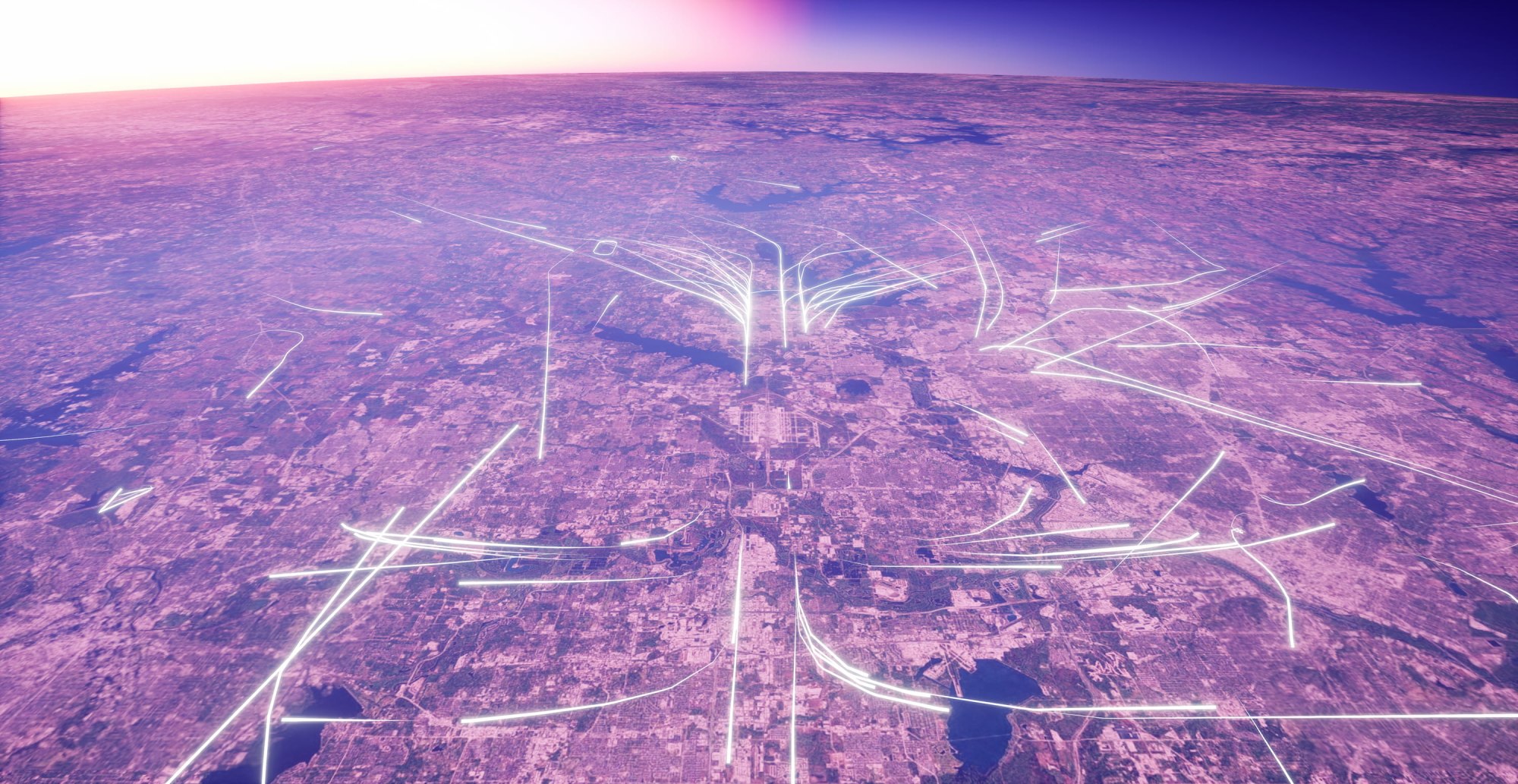
After a couple days of iteration I started to get results, and after a few days more I felt in control and that I understood what was going on. It was quite liberating to be able to create a complete and animated spatial visualisation using nothing but the node-based Blueprint system within Unreal Engine.
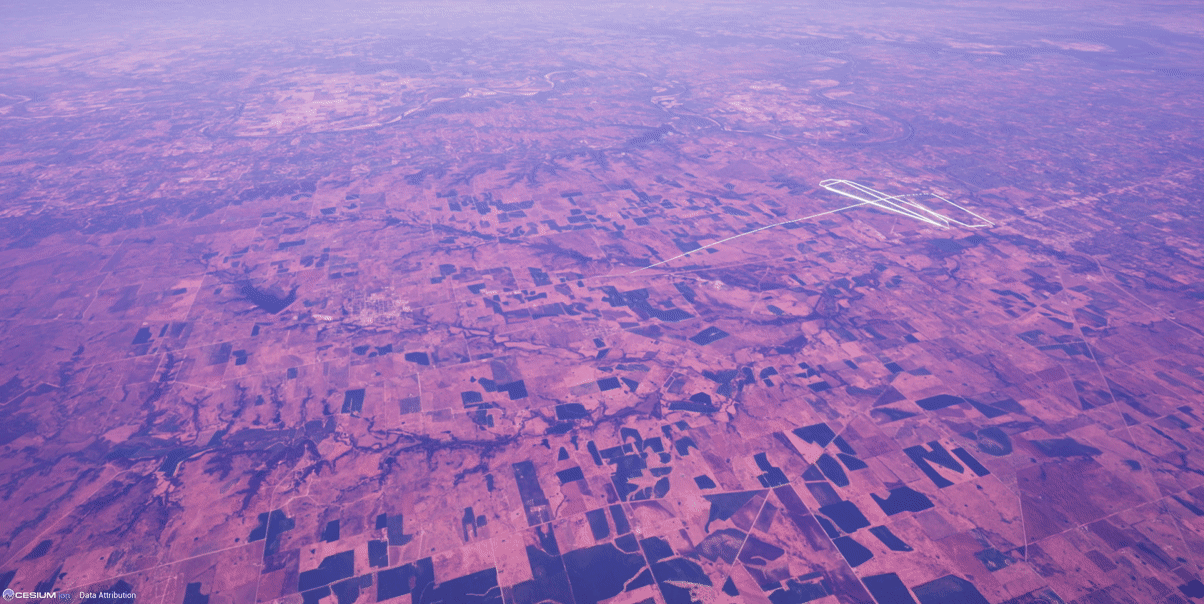
It certainly won’t be the last time that I work with spatial data in Unreal Engine.
Air traffic using Blender Animation Nodes
If you hadn’t already guessed, I have a thing for visualising air traffic data. I don’t know why, I just think it’s a beautiful dataset and it works incredibly well as a faithful dataset for experimenting with unfamiliar tools.
In this case the unfamiliar tools were Blender, specifically the Animation Nodes extension. I’d used Blender a little in the past, though Animation Nodes was completely new to me.
My goal was to follow a similar process to the Unreal Engine visualisation where I could visualise air traffic data using a node-based approach instead of requiring lots of complex code.

I’m quite pleased with the final animation showing animated and glowing air traffic trails over Heathrow airport. This can be marked as another tool that I wish to pick up again in the near future.
Fog map
One of my favourite projects of the past couple of years is arguably one of the most stupid and pointless. It’s called Fog Map and it’s an attempt to answer the question, “Where haven’t you been?”
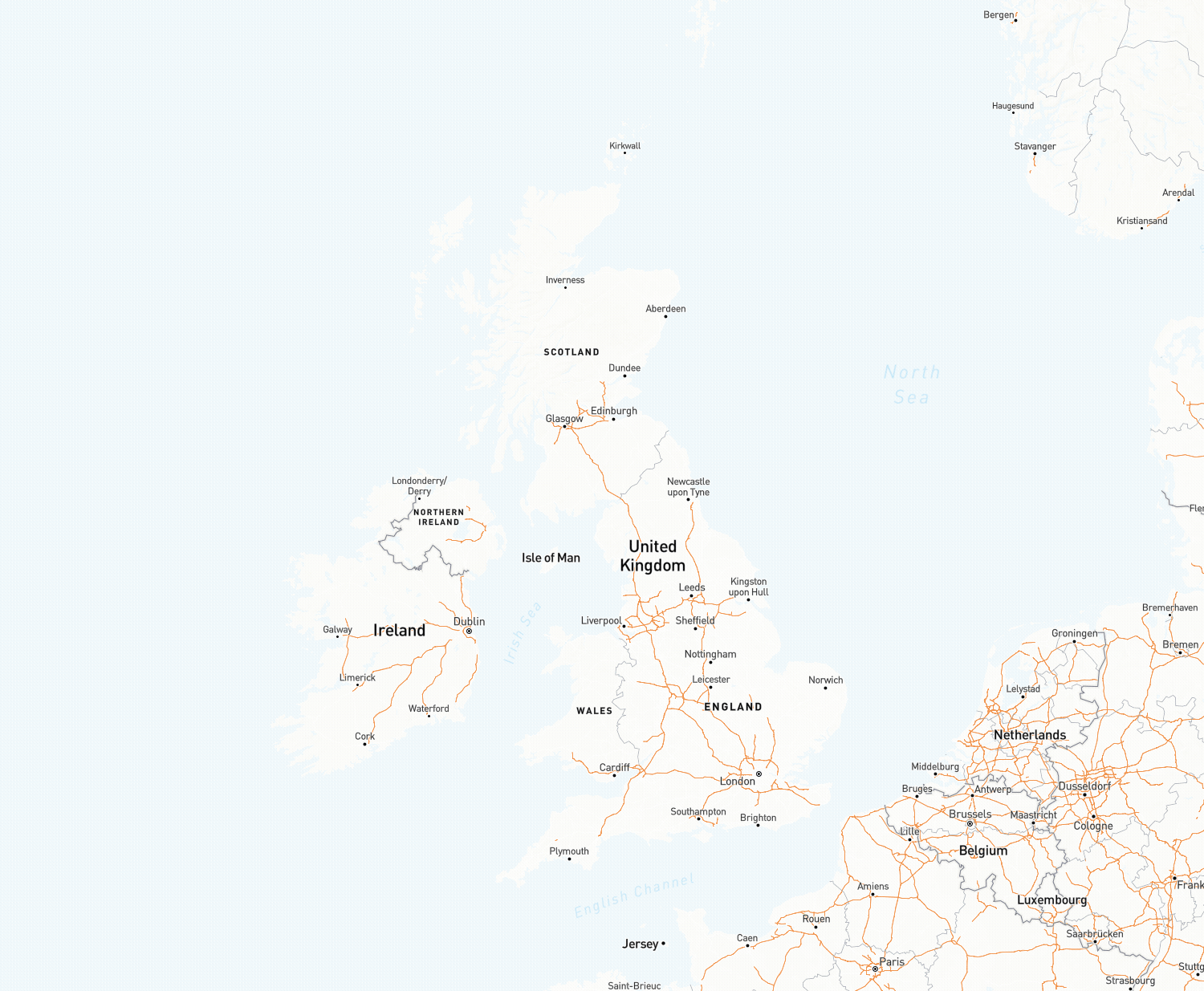
Part of the reason for creating it was to have a tool that I could use to find out locations in Snowdonia that I haven’t been to yet, as I’ve noticed that I gravitate towards the same places each time. It’s already helped me to explore some new locations as a result, so I’d chalk that one up as a success.
It was also interesting from a technical perspective as all the spatial data processing and visualisation is performed locally within the Web browser — no data leaves your computer.
This was a fun challenge as I had to implement a way to both calculate and output the hex grids on a complex dataset without things chugging to a halt. In the end I used a bunch of Web Workers in combination with efficient hex grid processing and output, which resulted in a fairly nippy experience.
Monochrome hachure maps in QGIS
By far the most popular spatial visualisation that I created in the past 2 years was a tutorial on creating monochrome hachure maps in QGIS, at least in terms of impact and discussion.
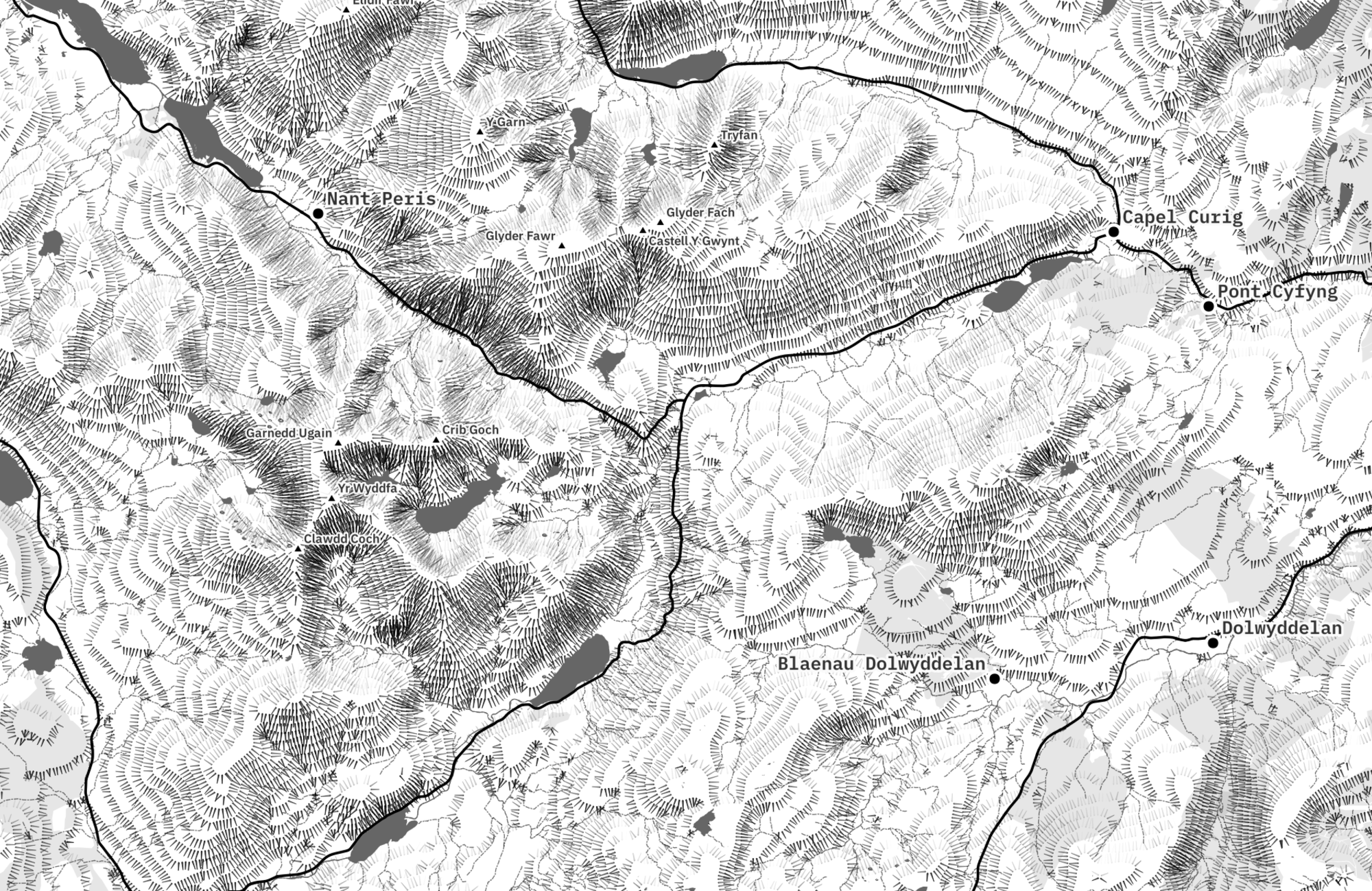
I’ve been blown away by the positive response that it received, and particularly by the huge number of people who not only read the tutorial but who also created and shared their own visualisations as a result.
Each and every one of them put a big smile on my face, so thank you.
Travel and photography
As expected I haven’t been able to do much travel lately, which is a shame as normally we try and explore new places abroad as often as we can. As a result, the past two years have seen all our travel occur within the mainland United Kingdom.
Being restricted to the UK was a blessing in disguise in the end and we had a great time exploring new places closer to home and making the most of the places we already knew.
As an aside, we certainly stopped taking things for granted when for months during the lockdowns we were limited to locations that we could walk to from our doorstep. It’s amazing how quickly you learn to appreciate and look forward to a simple walk around the fields and hills near your house.
And we were fortunate that we lived in the relative countryside with fresh air and plenty of space around us. It must have been difficult for people stuck in the cities — I have no idea how I would have coped if I was still living in London.
Brecon Beacons, Wales
In September 2020 we visited the Brecon Beacons in Wales for the first time. It was also by far the furthest trip we’d taken since the pandemic started, which was more than a little odd I must admit.
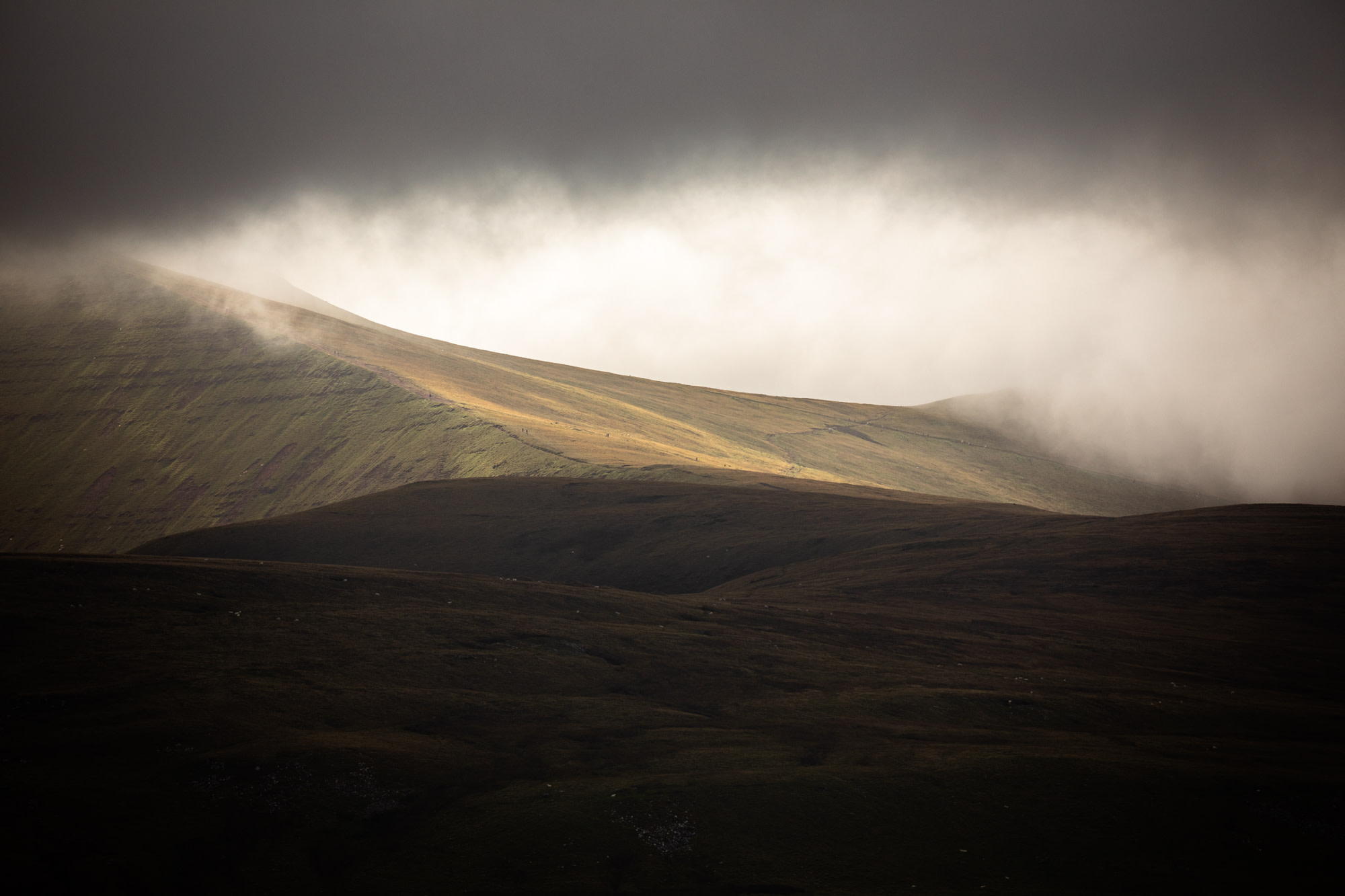
Still, it was nice to visit somewhere new and get to explore more of what South Wales has to offer. I’d love to visit again at some point as I feel like we didn’t get to properly savour the moment given the global situation at the time.
Eryri (Snowdonia), Wales
Being out in Eryri is my happy place — no matter my mood, I will always be happier when I’m out there exploring with my camera.
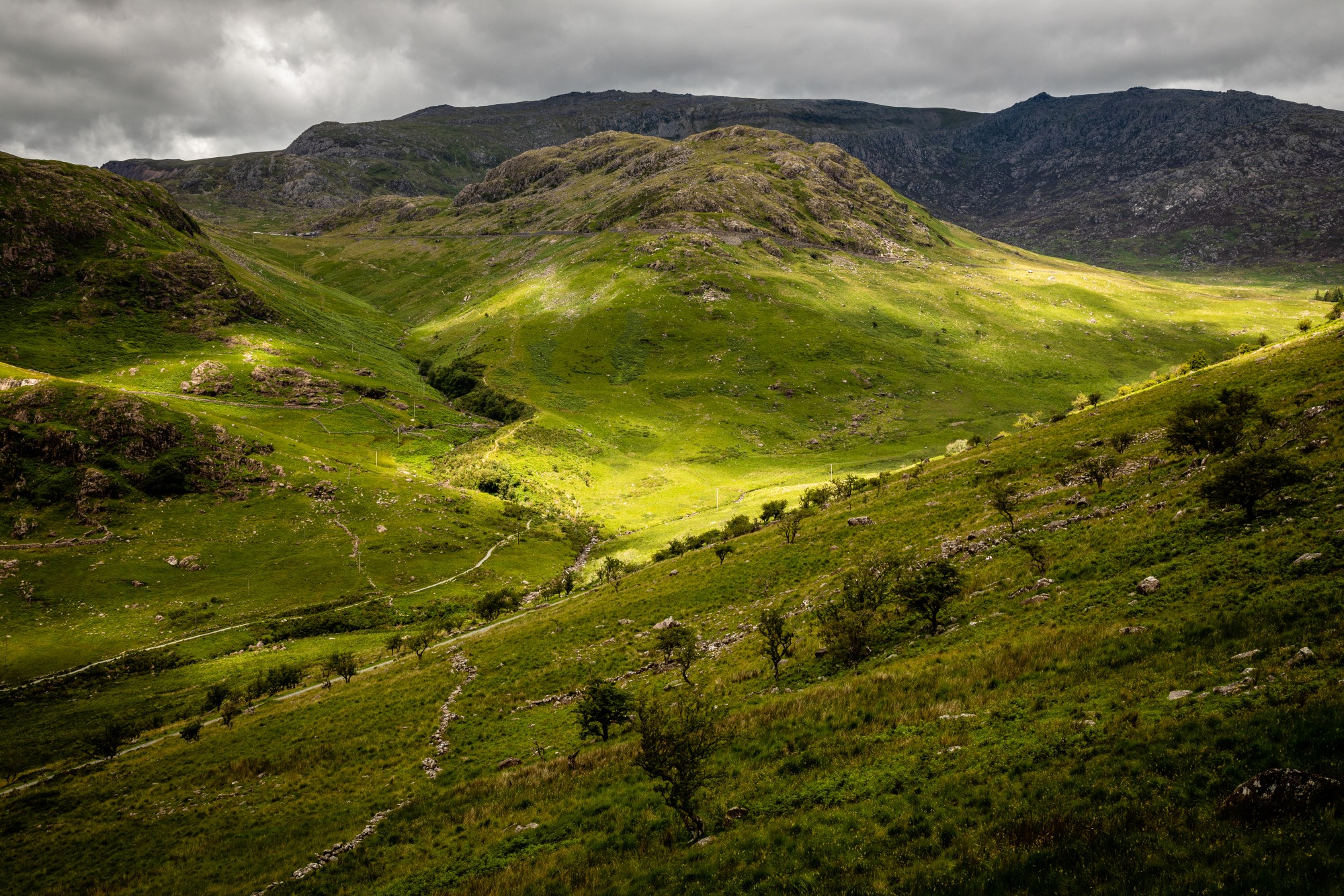
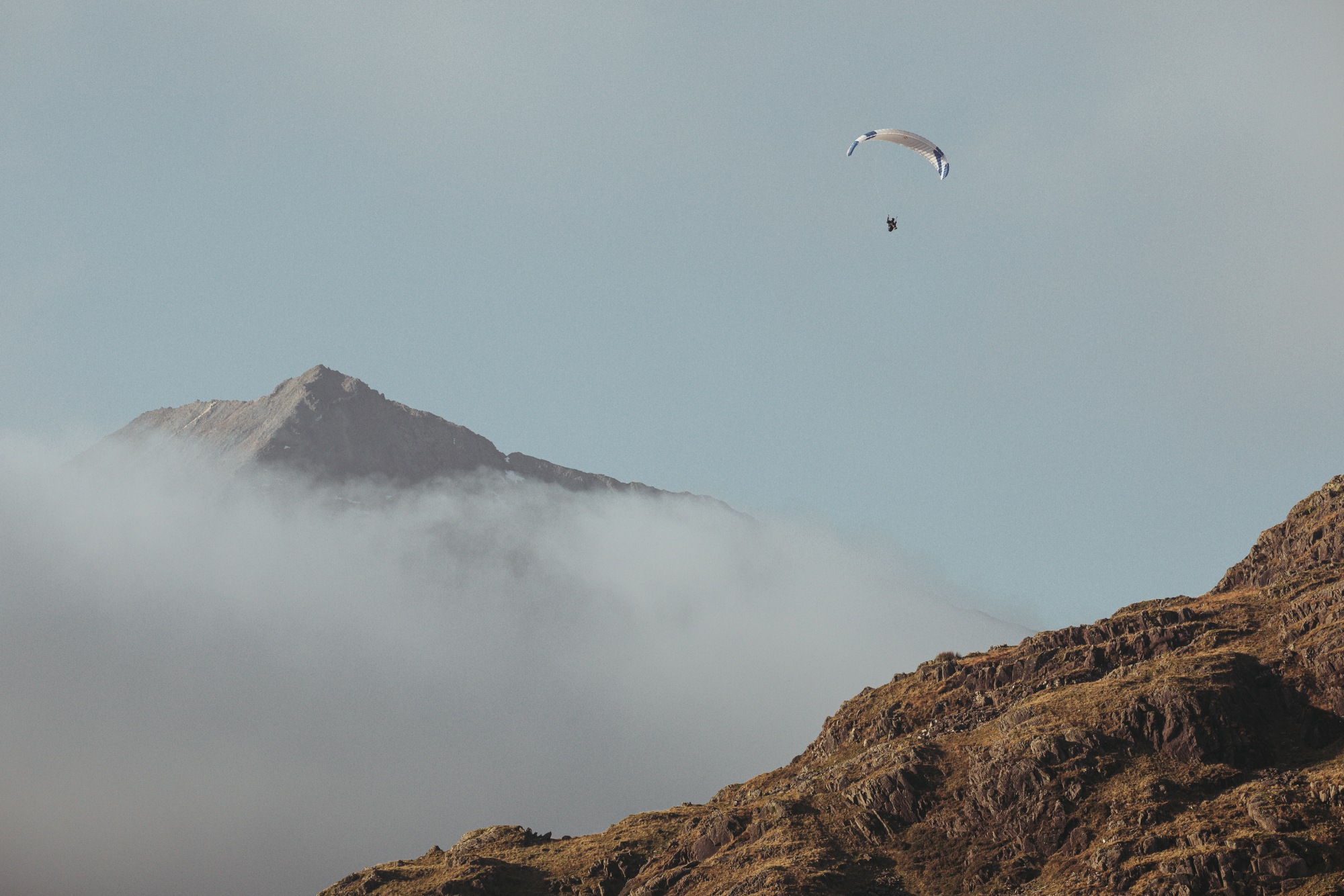
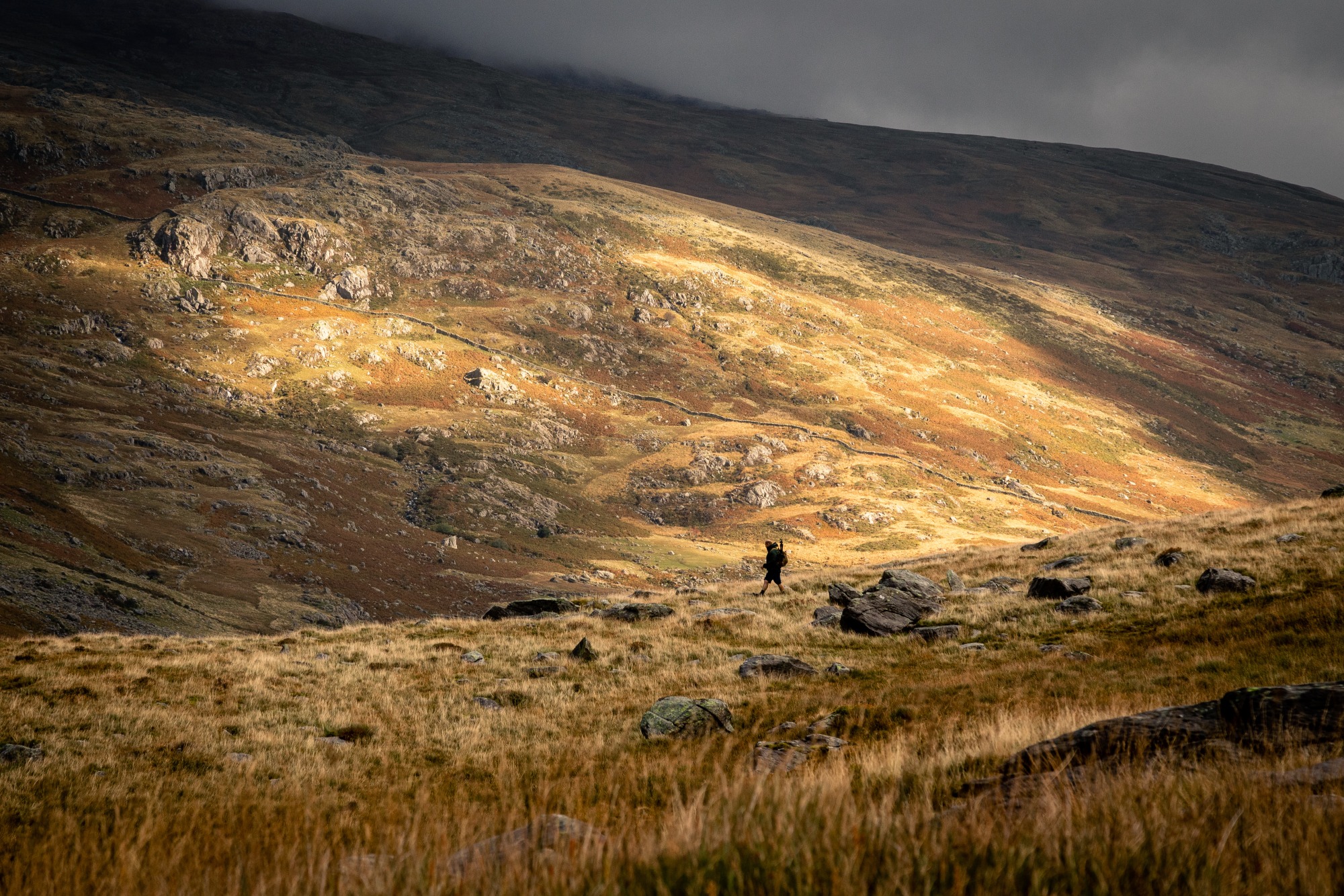
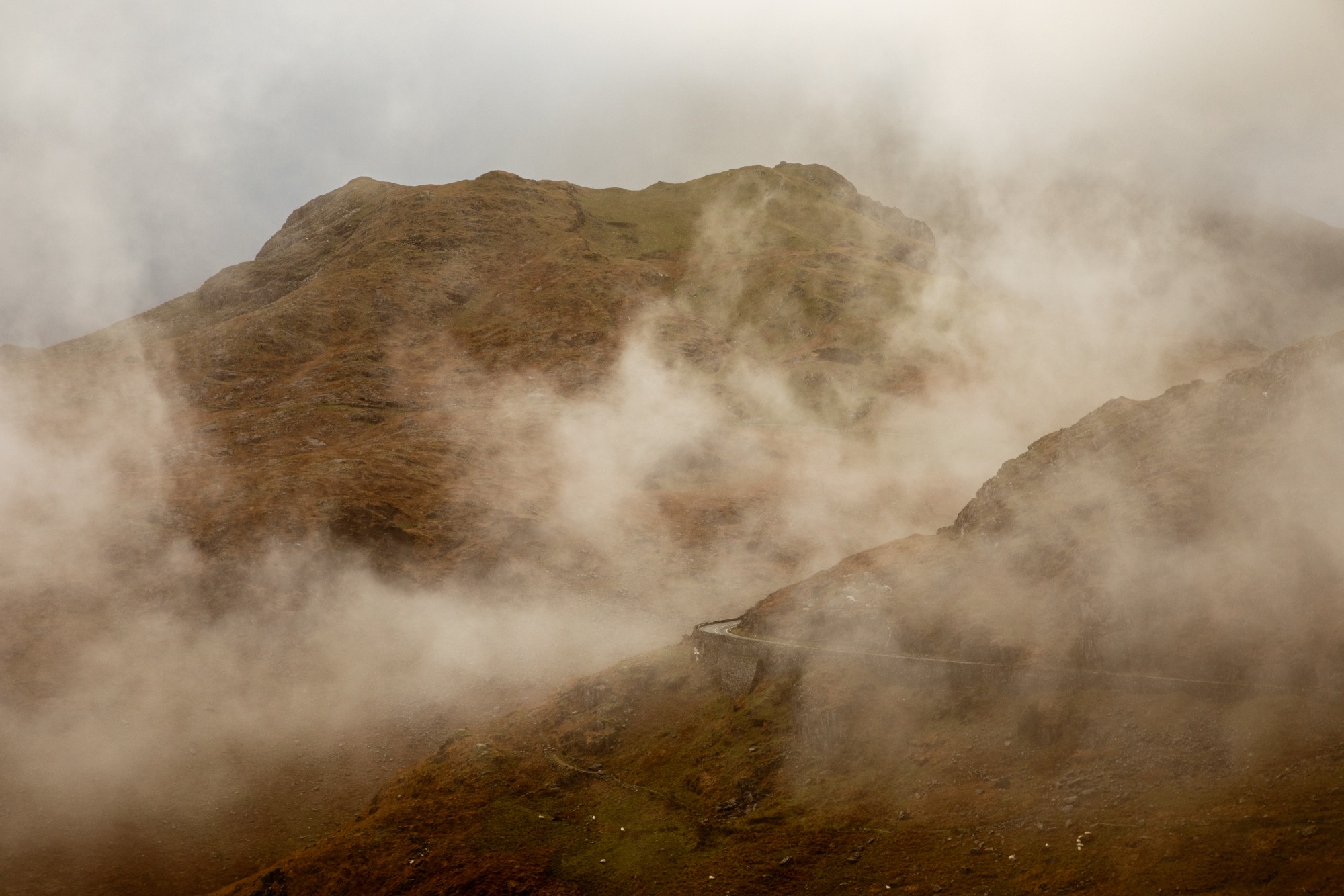
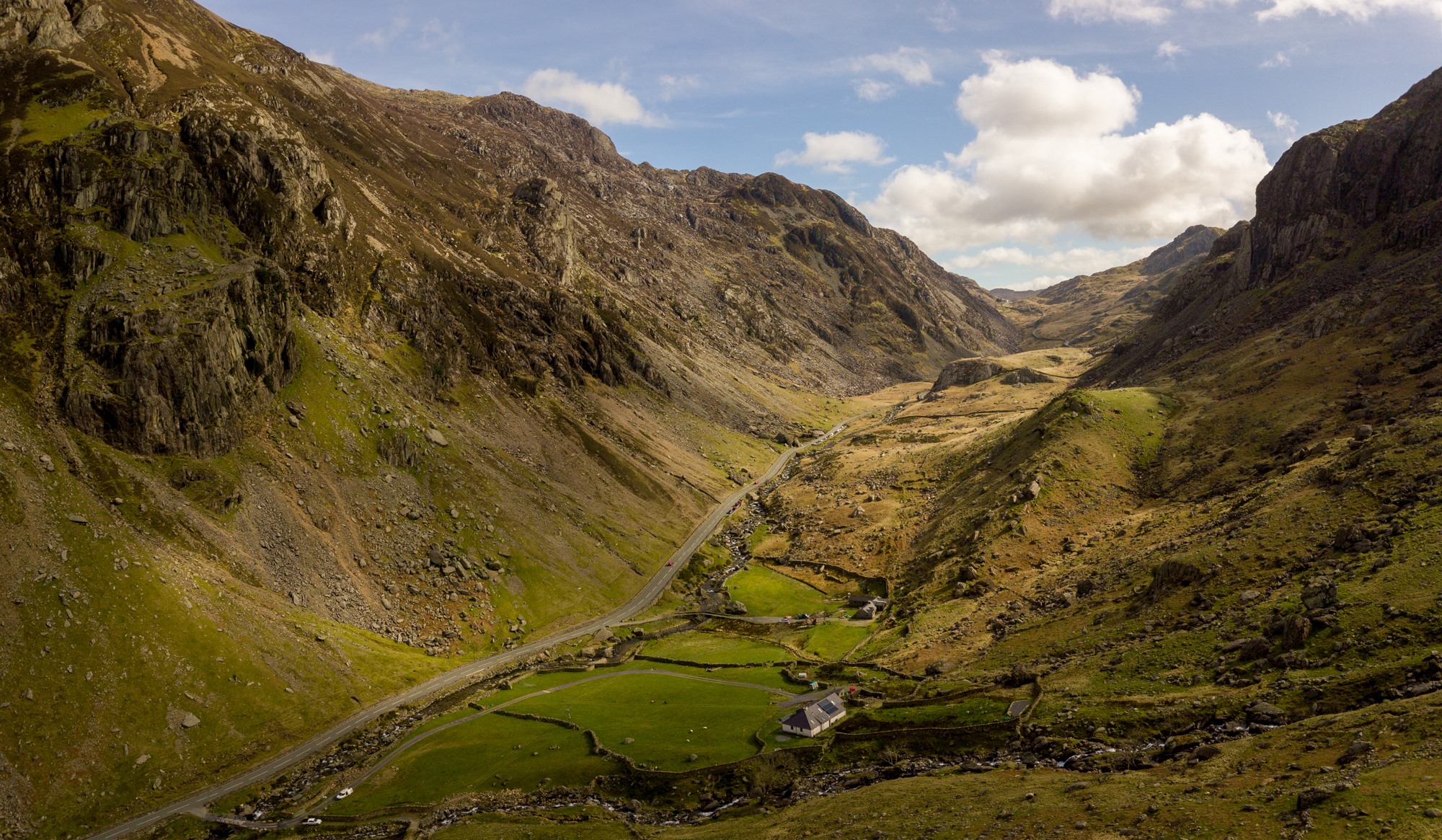
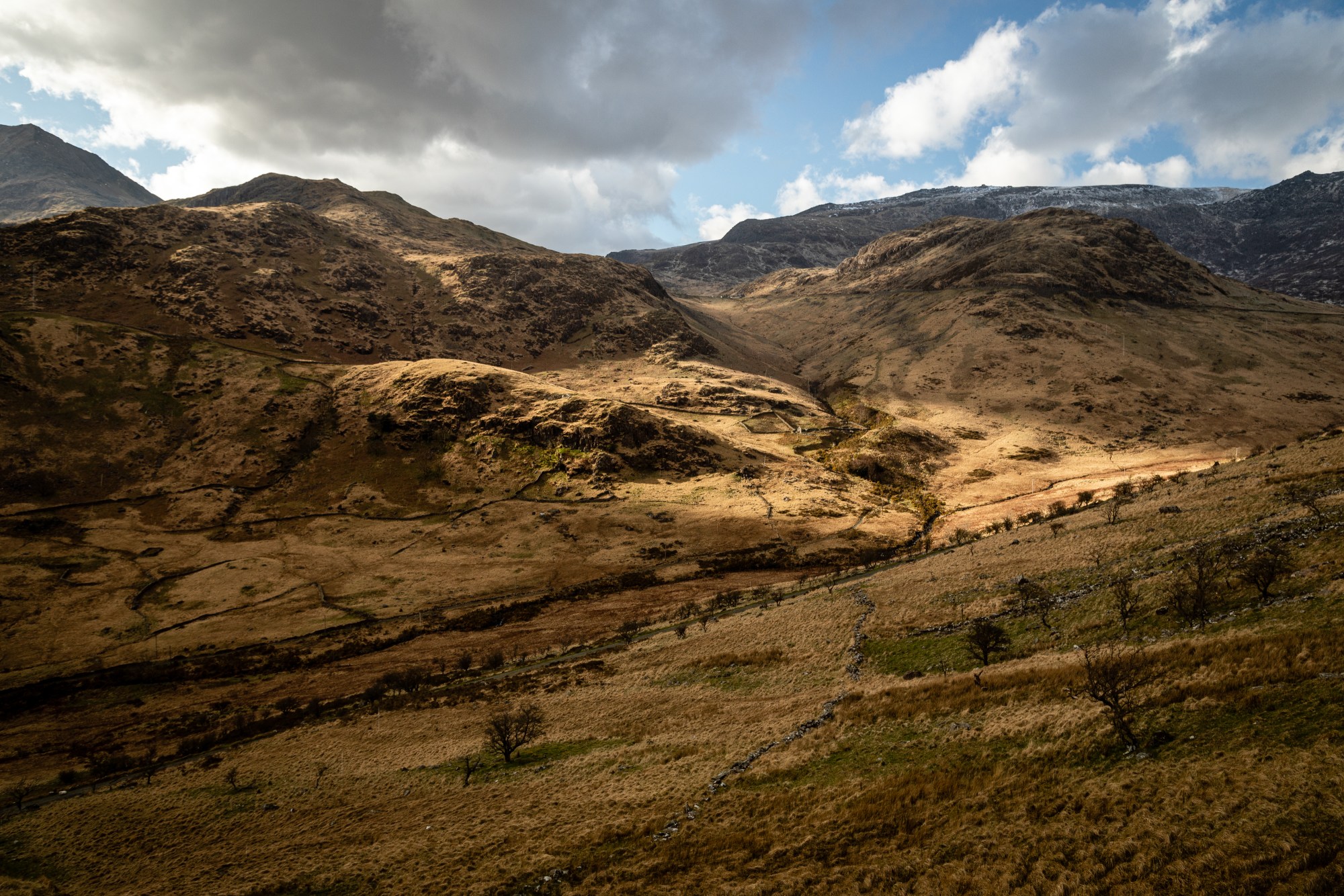



I’ve not been able to get out there as much as I would have liked these past two years (I used to go every couple of weeks!), though the photos above give you a glimpse as to what I was able to capture the handful of times that I did make it out there.
I need to stop making excuses and drive the short hour it takes to get there and make the most of it, no matter if I have a plan or if the weather isn’t great. It’s always worth it and I’ve never regretted it.
North Wales
I’ve lived near North Wales for quite a few years now, though I only fully took the plunge and moved into Wales in 2019. I absolutely love it here as you have such a variety of nature and landscapes within a relatively short distance.
The lockdowns forced us to explore a lot more of our local area and I’m all the better for it, as it turns out our local area is pretty awesome!
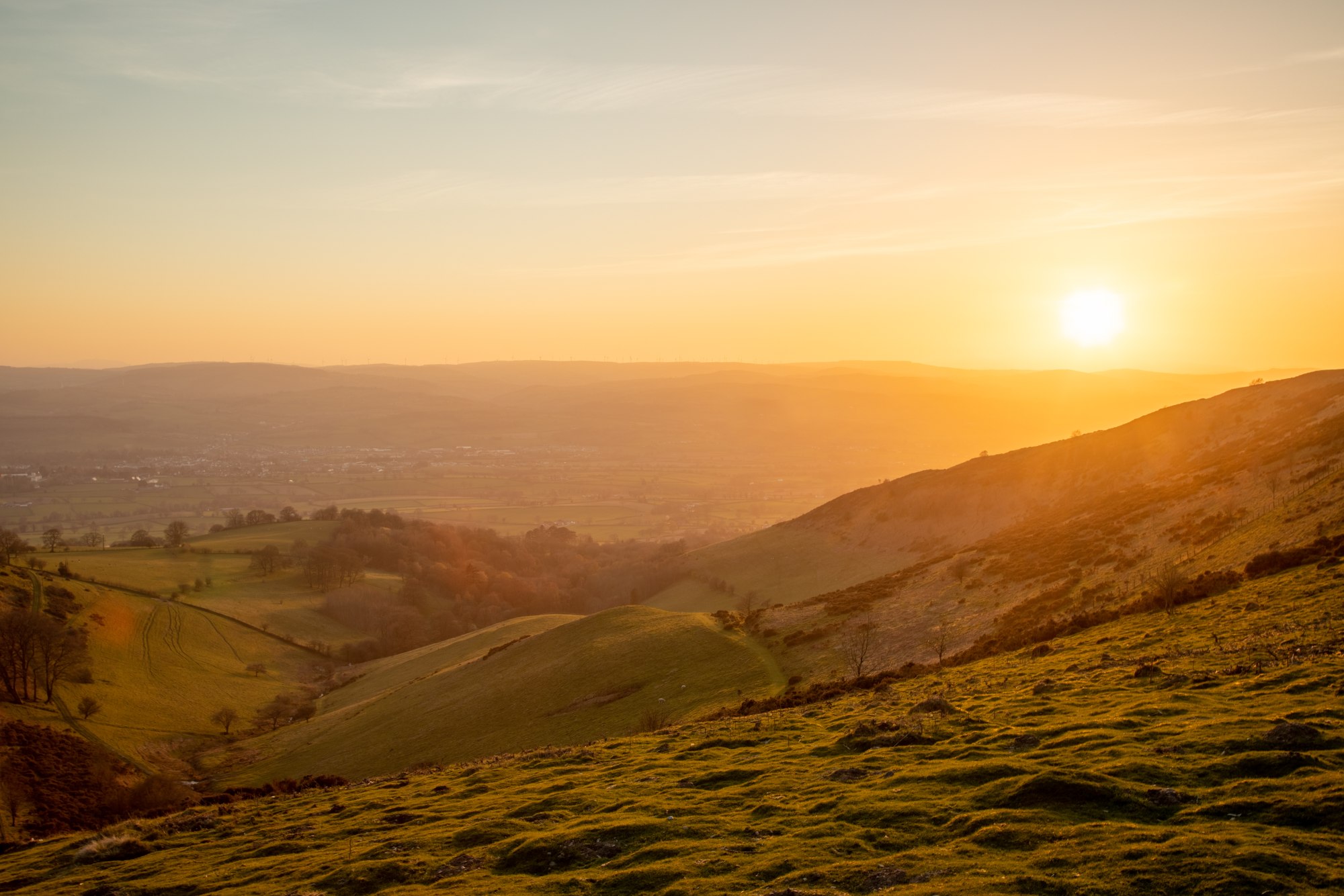
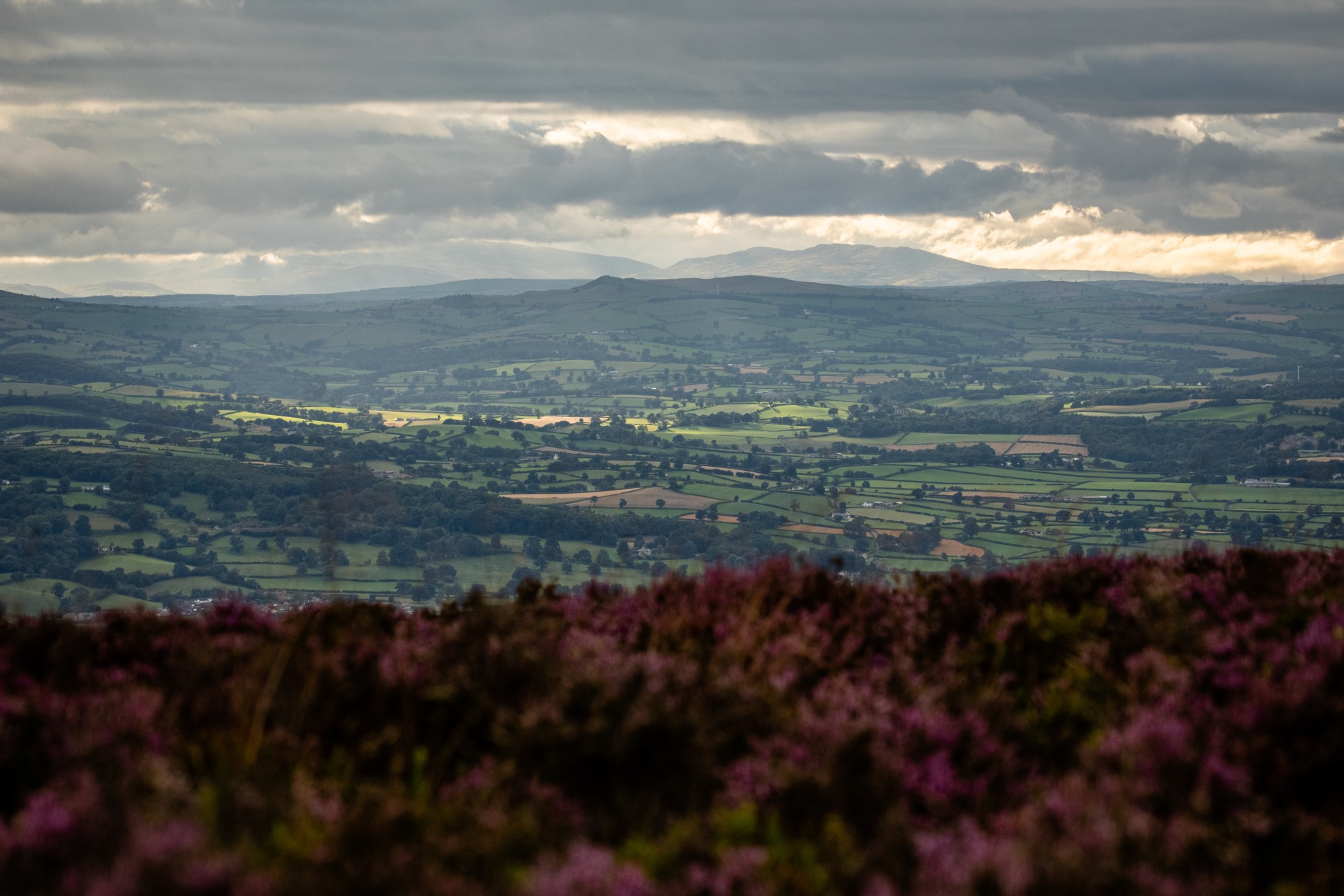
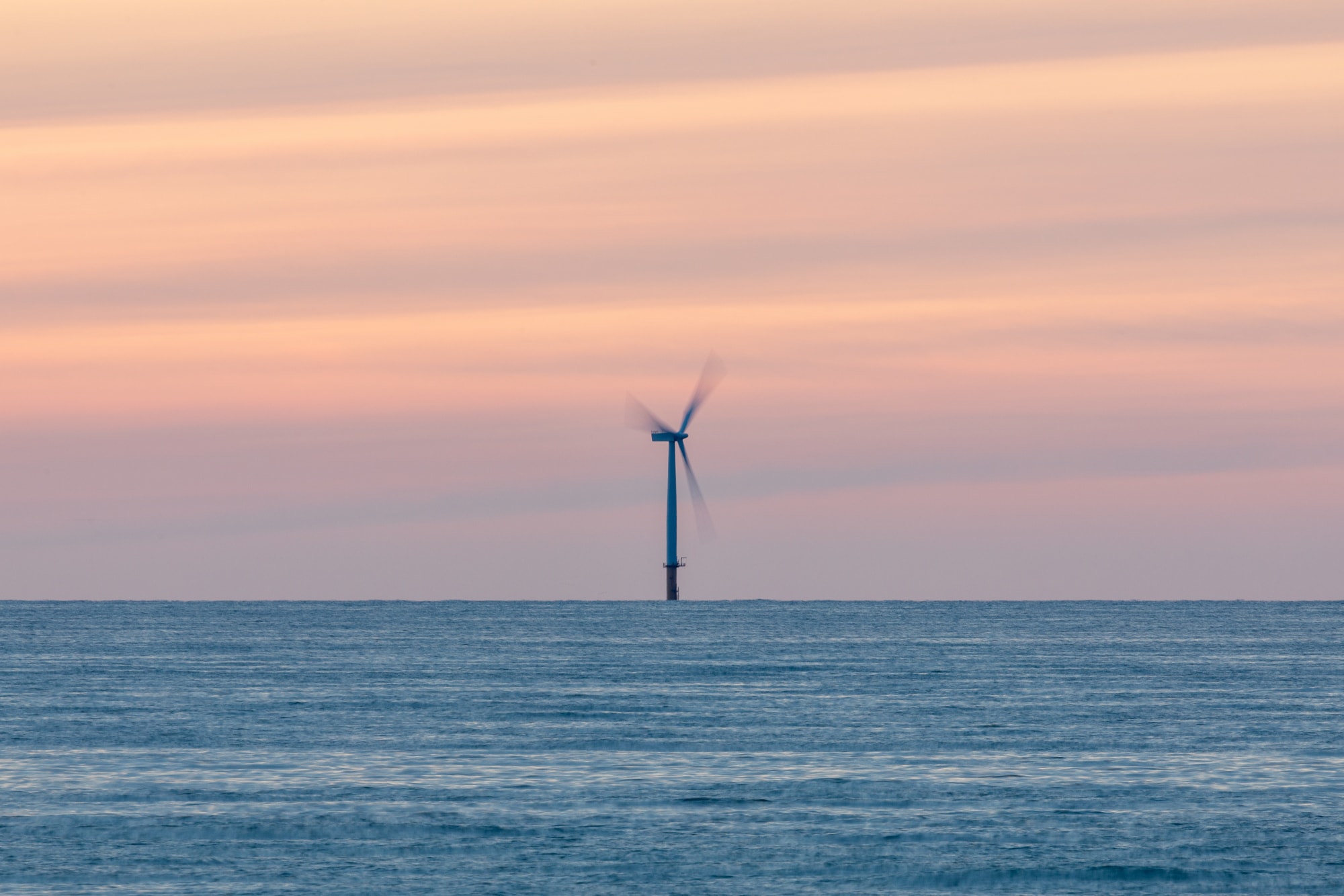
Skye & The Scottish Highlands
In September 2021 we took a very long drive to stay at a lovely cottage way up at the top of Skye in Scotland. The trip started off absolutely horrendously but we got there eventually and it was all worth it in the end.
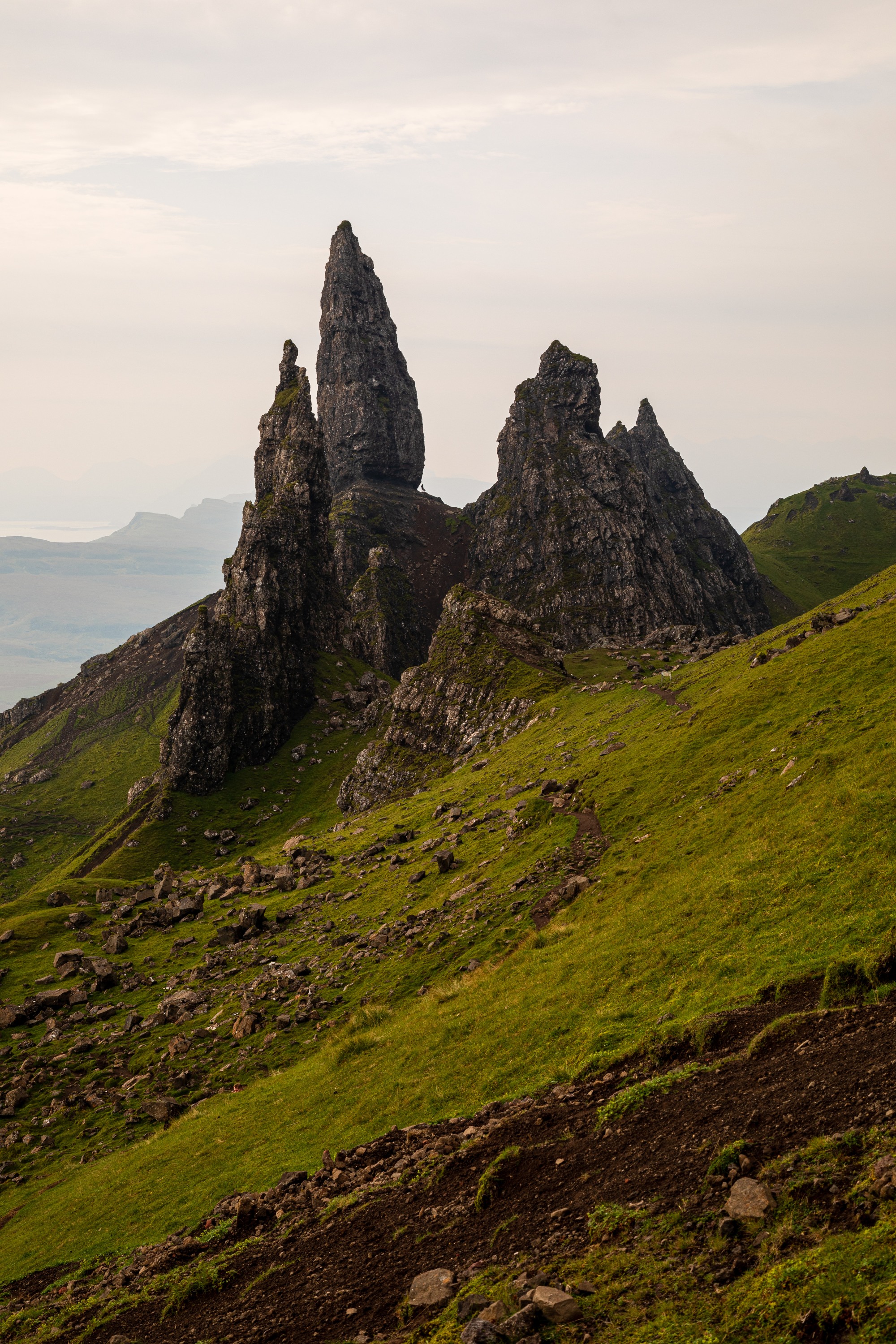

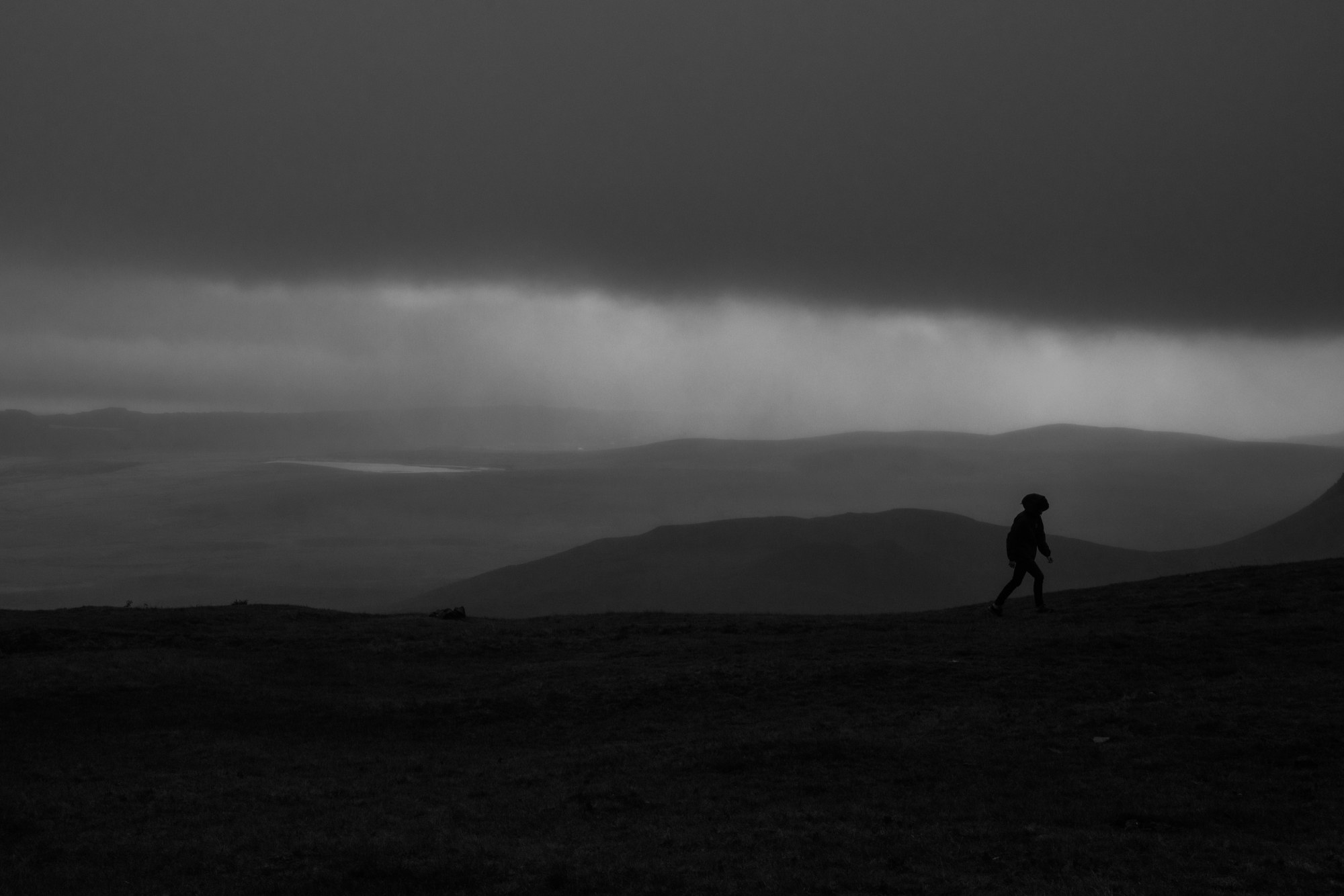
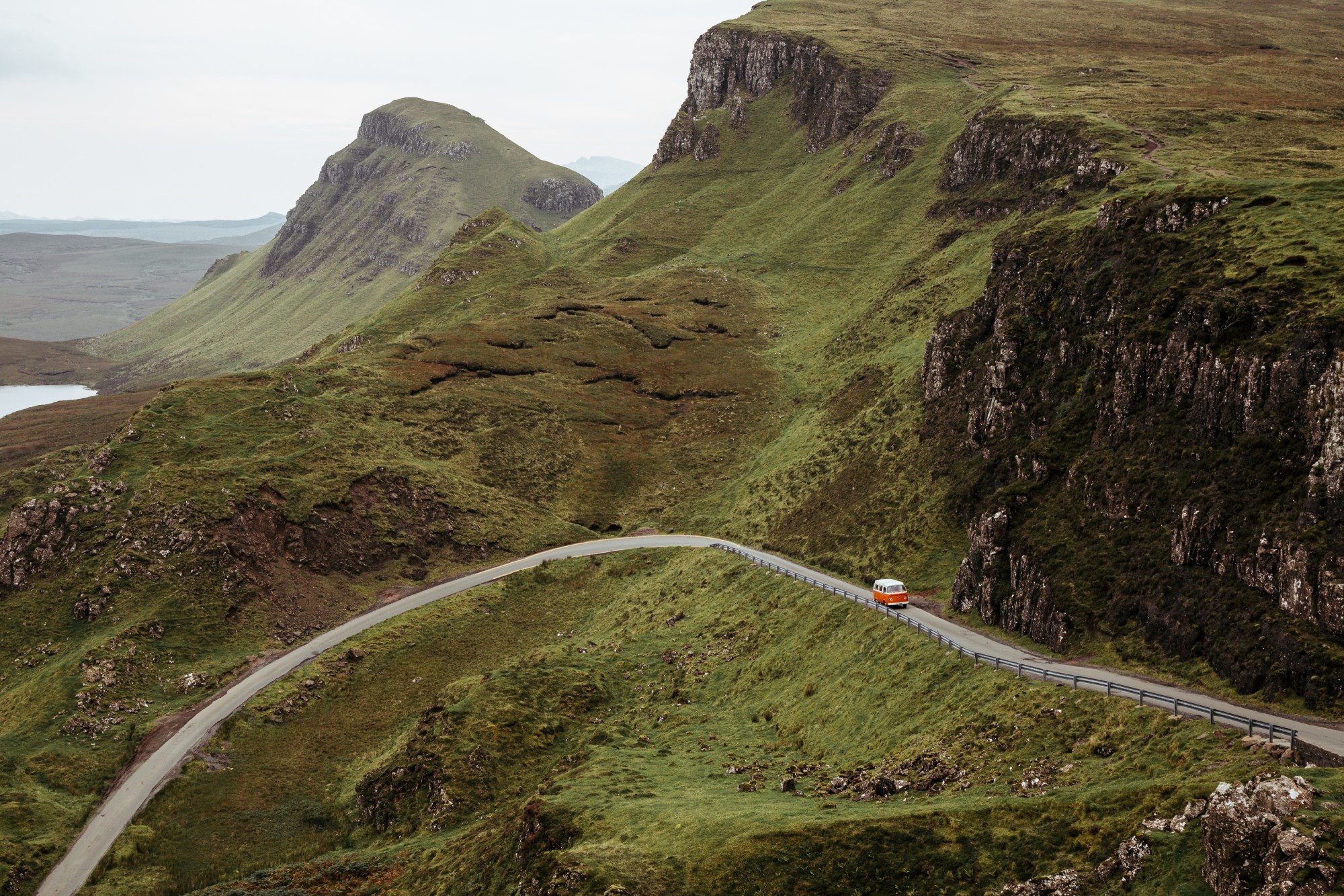
It was our third visit to Skye, and also our longest as we’d previously only spent a day there each visit. This time we were on the island for a good 5 days, which was glorious.
One of my goals in life is to eventually buy a campervan so we can head out to Skye for as long as we want, as often as we want. I’ll never get bored of it.
Plans for 2022
So what’s next? If I’m honest I don’t dare try to predict anything if the past couple of years are anything to go by. I’d settle for a year of normality, whatever that is nowadays.
Still, there are a few areas that I hope to see progress in.
Professional career
I’m currently in a period of limbo where I don’t know if I want to continue as an indepdendent consultant, or whether I should join a company as a permanent employee. I feel like I’ve lost my way a little, in terms of what I want to be doing and where I want to take my career.
There are pros and cons to each option and part of me just wants a simpler life where I don’t need to be chasing the next contract or running a business. Then again, there are many freedoms and financial benefits to consulting which will be hard to give up.
I tweeted about this in mid-December and I’ve had some promising conversations as a result, so watch this space.
Elevating my photography skills
Photography has always been an hobby of mine in one way or another, even if it’s just taking a quick snap on a phone while out and about. There’s something addictive about capturing moments in the way that only you saw them.
Still, I’ve never fully taken the hobby seriously enough to invest proper time and resources into improving my skillset. I have the gear, I have a half-decent eye for what works, but I don’t really have a plan and I definitely don’t know what I’m aiming for aside from capturing memories for myself.
One area I’d like to improve upon is the why of my photography. As in, why am I taking photos in the first place? Who are they for? And where are they going to be displayed?
I’d love to explore storytelling and more consistency between my photos. Using a body of photos from a single trip to convey a particular story, rather than each photo being edited and used in isolation with no context. I’ve been reading The Photography Storytelling Workshop by Finn Beales and I soon hope to implement his advice in my process.
Other than that, I want to actually use my photos more. Right now I take photos, play with them in Lightroom and perhaps share one or two on Twitter and Instagram. That’s it. I have thousands of photos sitting doing nothing.
I’d love to find a way to actually use my photography, perhaps by putting prints on the wall or by creating books about my favourite locations. We’ll see.
More doing, writing and sharing
I wrote about this in the 2010 to 2020 retrospective and I’m going to include it again this year because it’s absolutely key to my happiness both professionally and personally.
In short, I want to spend more time making things, writing about things, and sharing things. It doesn’t matter what those things are or whether they are professional or personal, I just want to embrace the act of creation.
What about you?
If you haven’t already then I’d recommend sitting down and listing out your own achievements over the past year or so, and what your wishes are for the next. It’s quite theraputic and I bet you’ll be surprised at quite how much you actually did.
See you in the next one.